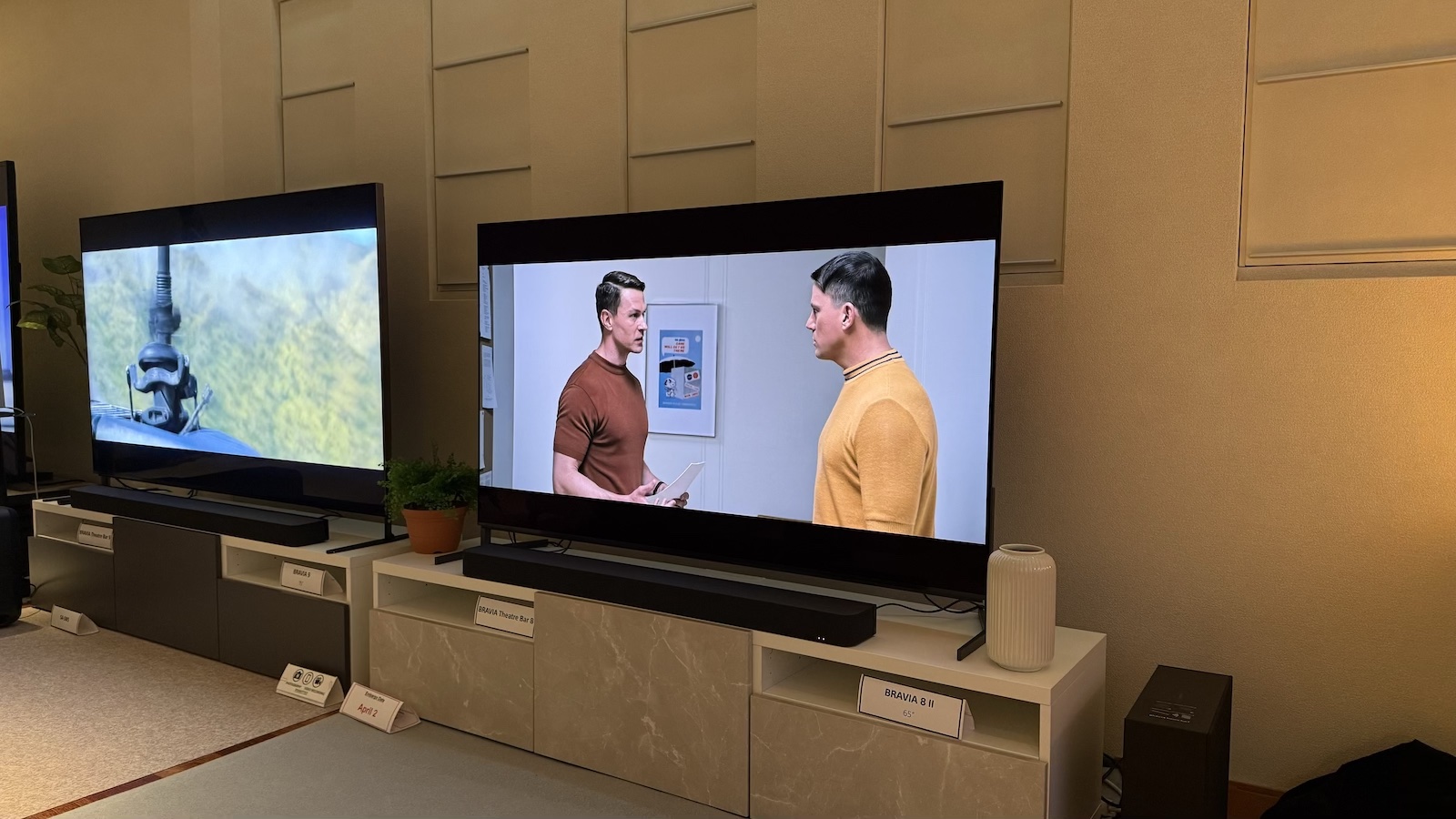Best Panasonic TVs 2025: these are the two sets we recommend
The best TVs from one of the world's best TV brands
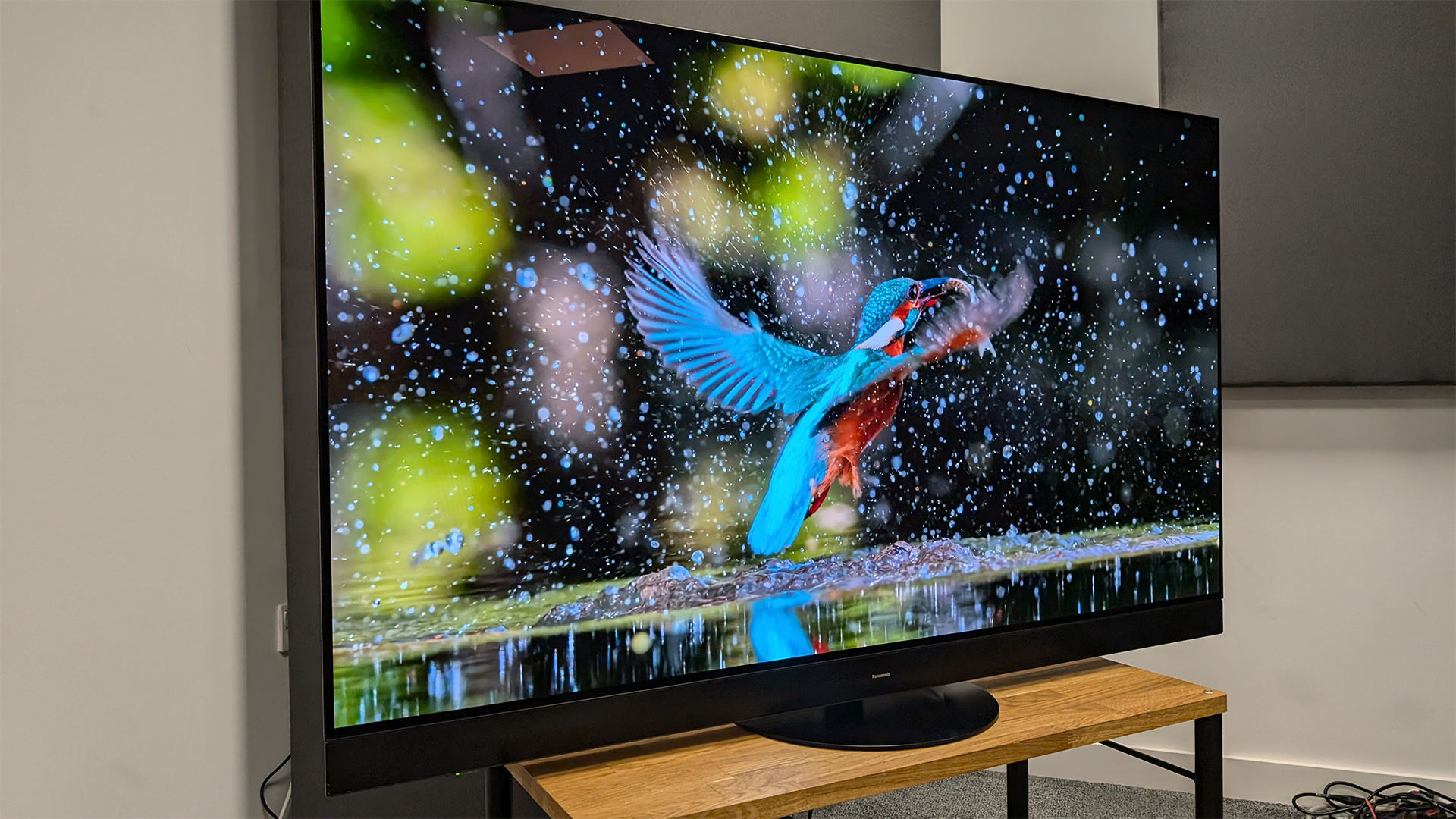
Panasonic TVs have a reputation for focussing on delivering “as the director intended” home movie experiences.
Which is one of many reasons why you may be interested in your next TV being made by Panasonic.
If that is the case, then we have some good news. Based on our latest testing, there are a number of top performing Panasonic TVs currently available that our experts recommend.
Our only word of caution is that, while there are great sets available, we’re yet to get any of Panasonic’s latest TVs in for review. This is because the firm tends to launch its newer sets a little later than rivals.
We’ve only had an early preview of the new Panasonic Z95B and haven’t seen its step down Z90B or W-series Mini LEDs in the flesh at all, as a result.
If you want one of its latest models, or to pick an older Panasonic set at a reduced price, it may be worth waiting a little longer.
If that is not an option these are the best Panasonic TVs we’ve fully reviewed and recommend right now.
You can get a detailed breakdown of how we test Panasonic TVs at the bottom of this page. The Cliff Notes is that we run them through the exact same comparative testing process as every other TV we review.
On the off chance you’re not 100 per cent committed to your next TV being made by Panasonic, make sure to also check out our best TV, best OLED TV and best cheap TV buying guides, for a wider selection of recommendations.

I'm What Hi-Fi?'s TV and AV Editor, and in the 16 years that I’ve been testing home cinema products I’ve learned a lot about what makes a good TV. I’m also a bit of a movie buff, so Panasonic’s connections with Hollywood really appeal to me. I’ve been known to put in the odd lap or 50 on Forza Motorsport, too, so I know what to look for when it comes to gaming features and performance as well.
Recent updates
23rd April 2025: new intro referencing our latest hands on previews with Panasonic's latest flagship OLED, updated Z95A entry detailing how it compares to newer rivals.
- Shop today's best TV deals
The quick list
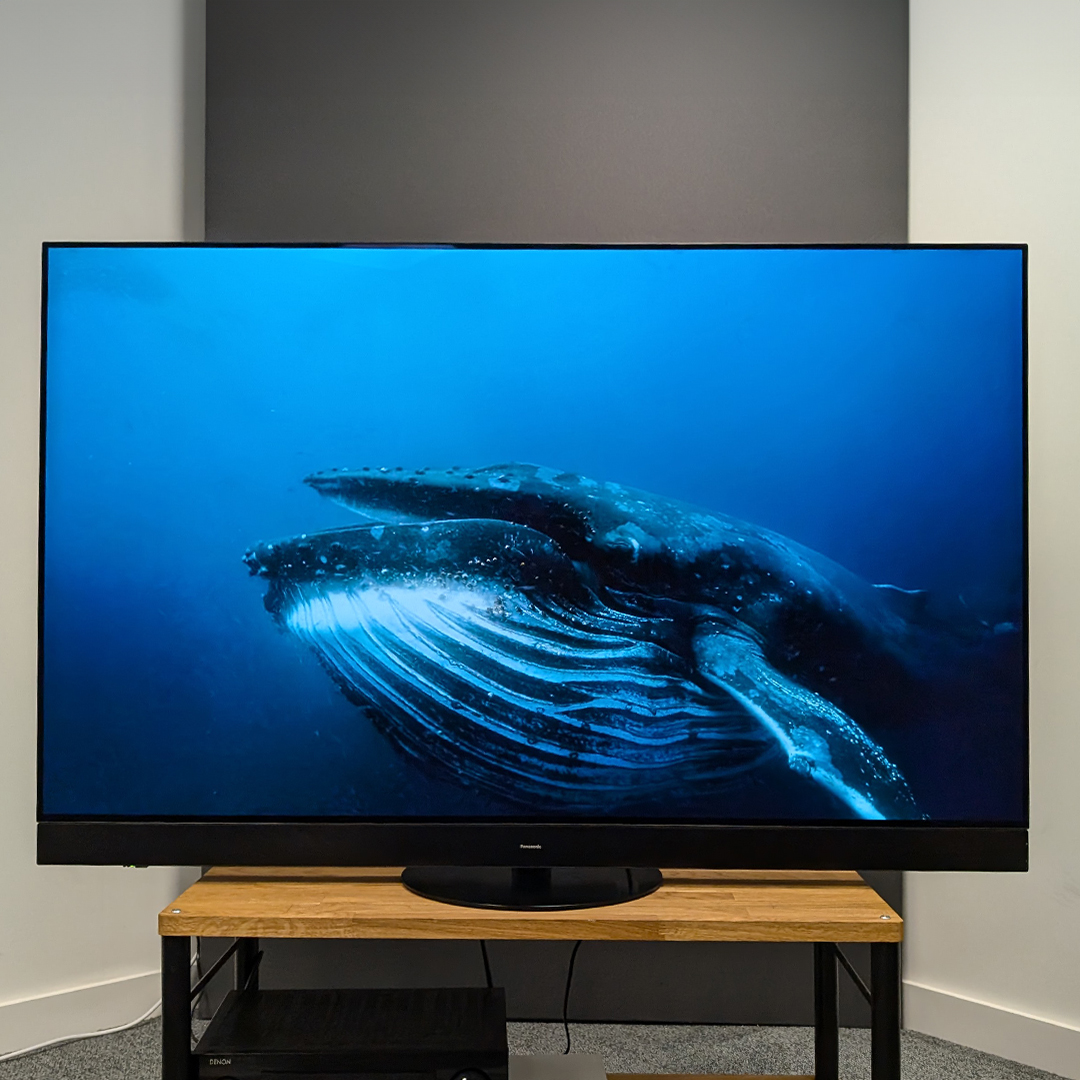
Best overall
A new model is incoming, but until its out and we’ve reviewed it this is the flagship Panasonic OLED we recommend.
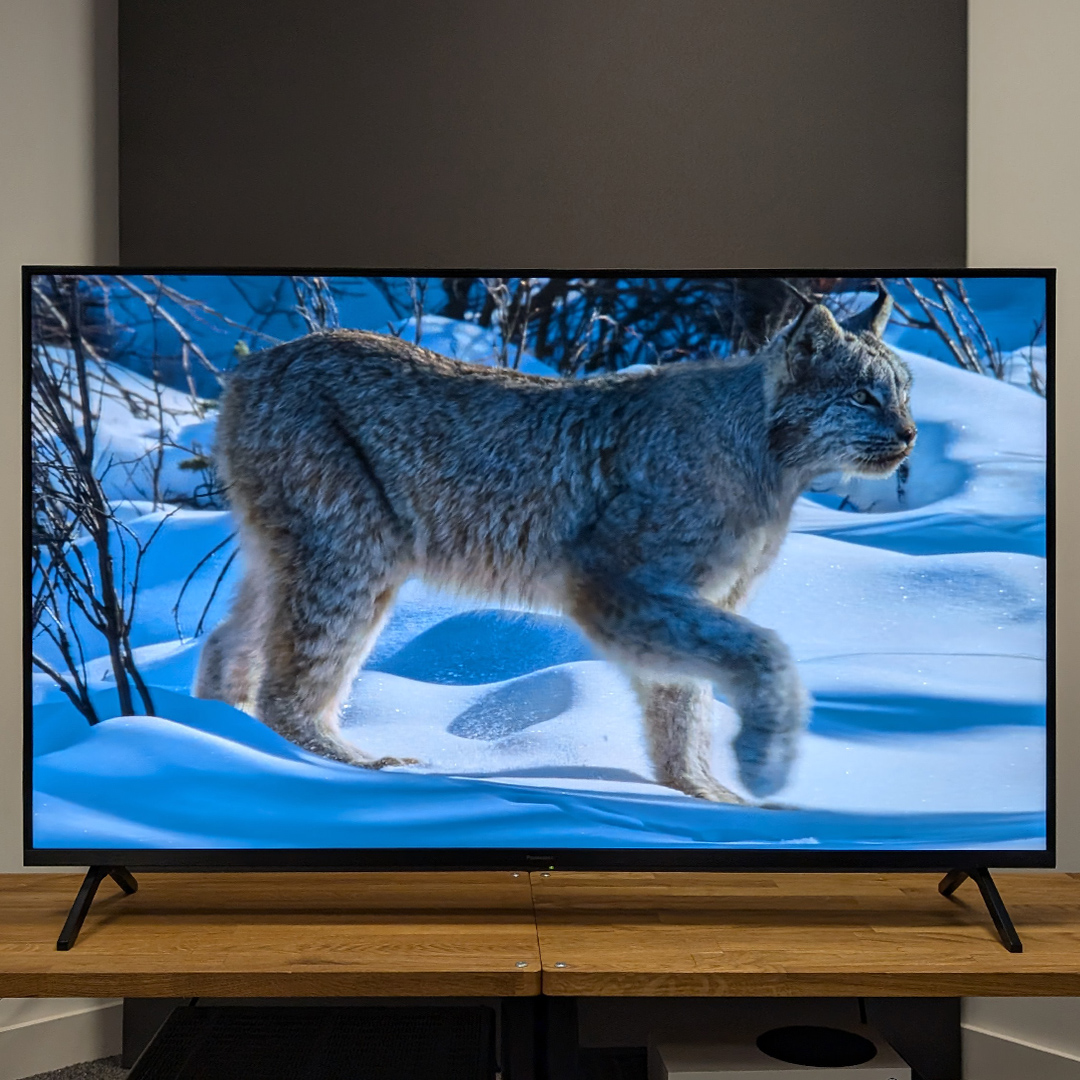
Best value
The W90A is the cheapest Panasonic TV we’ve reviewed and currently recommend, offering surprisingly accurate colours and a pleasingly balanced performance during our tests.
The best Panasonic TV overall
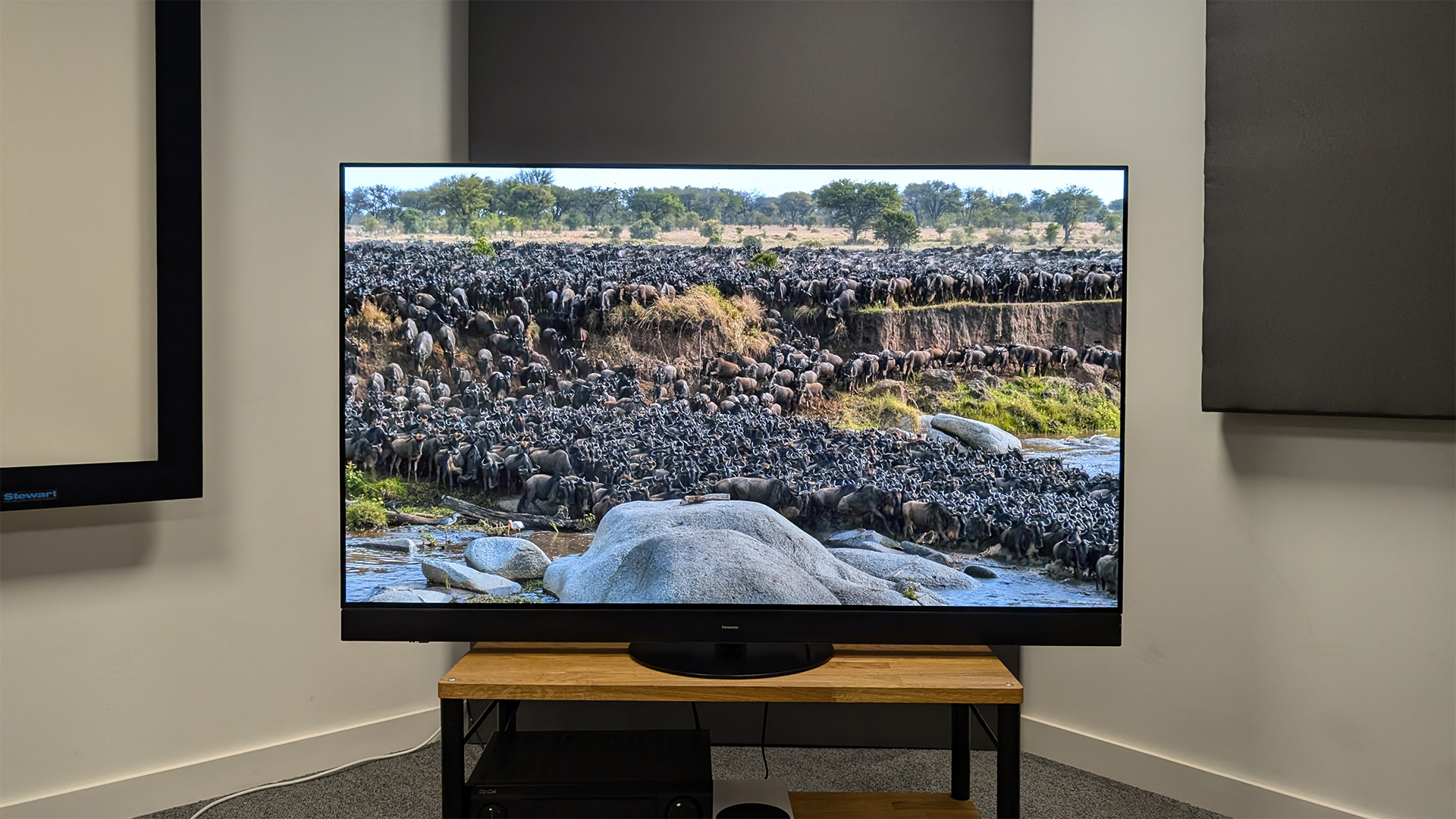
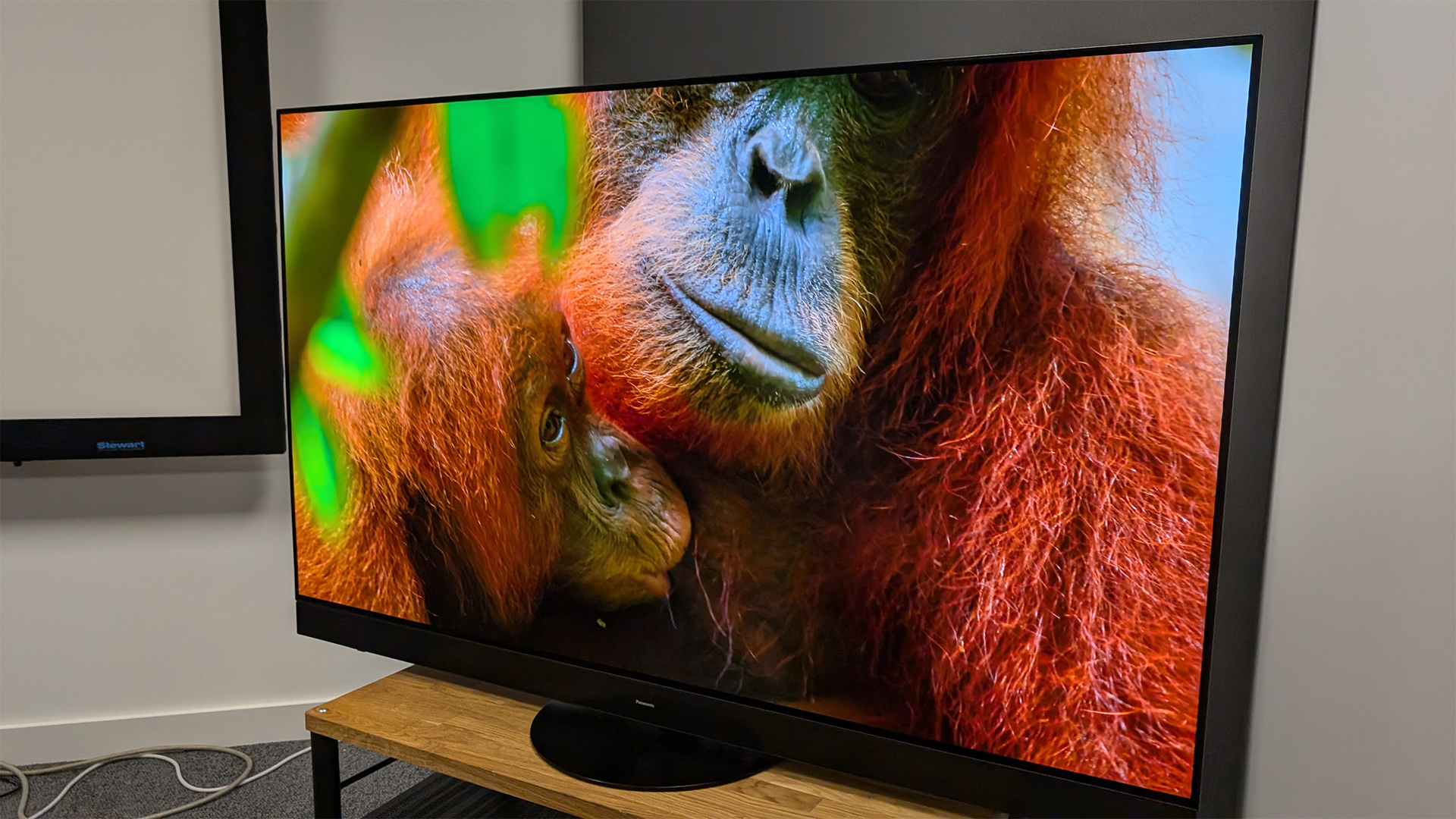
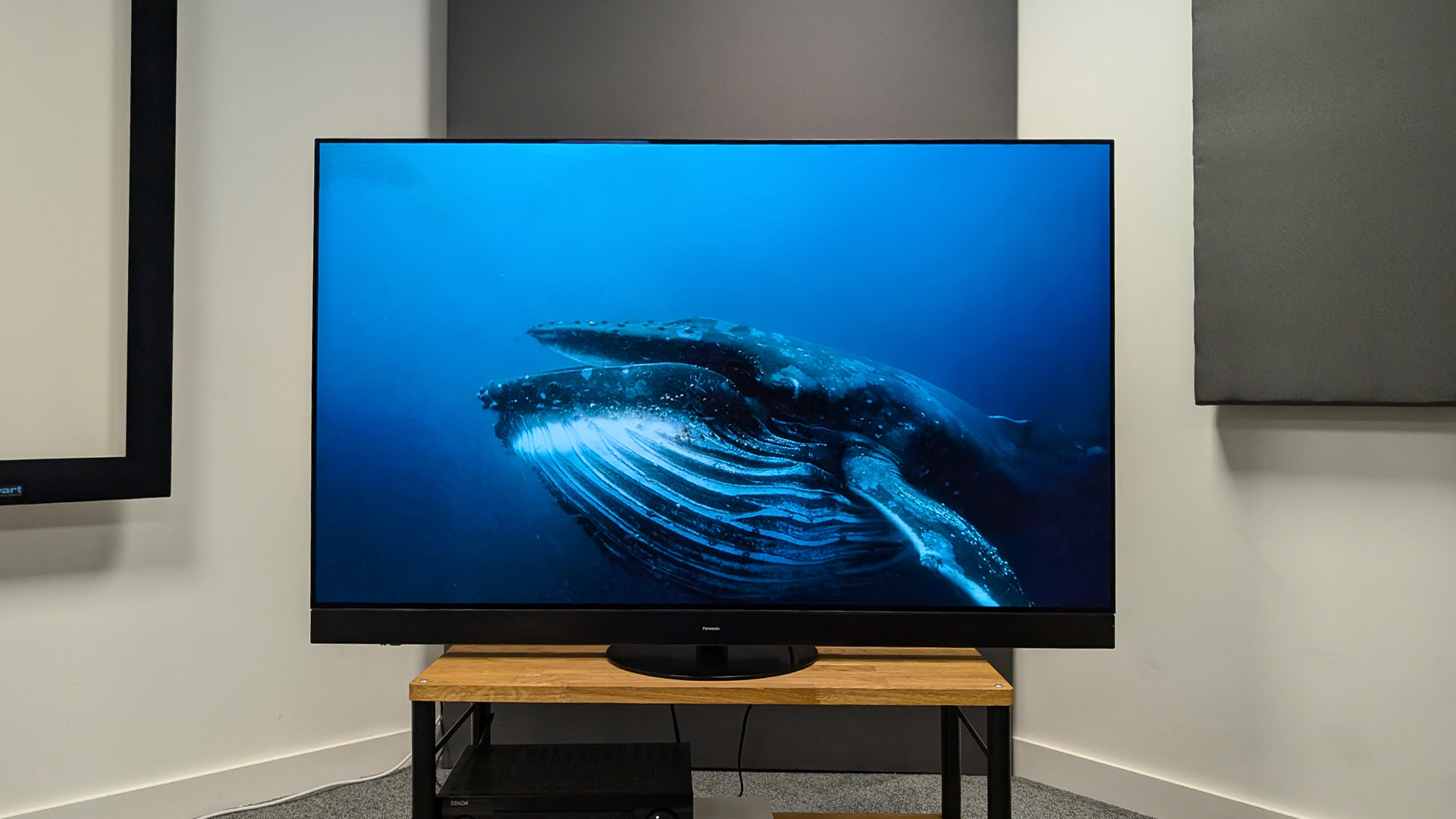


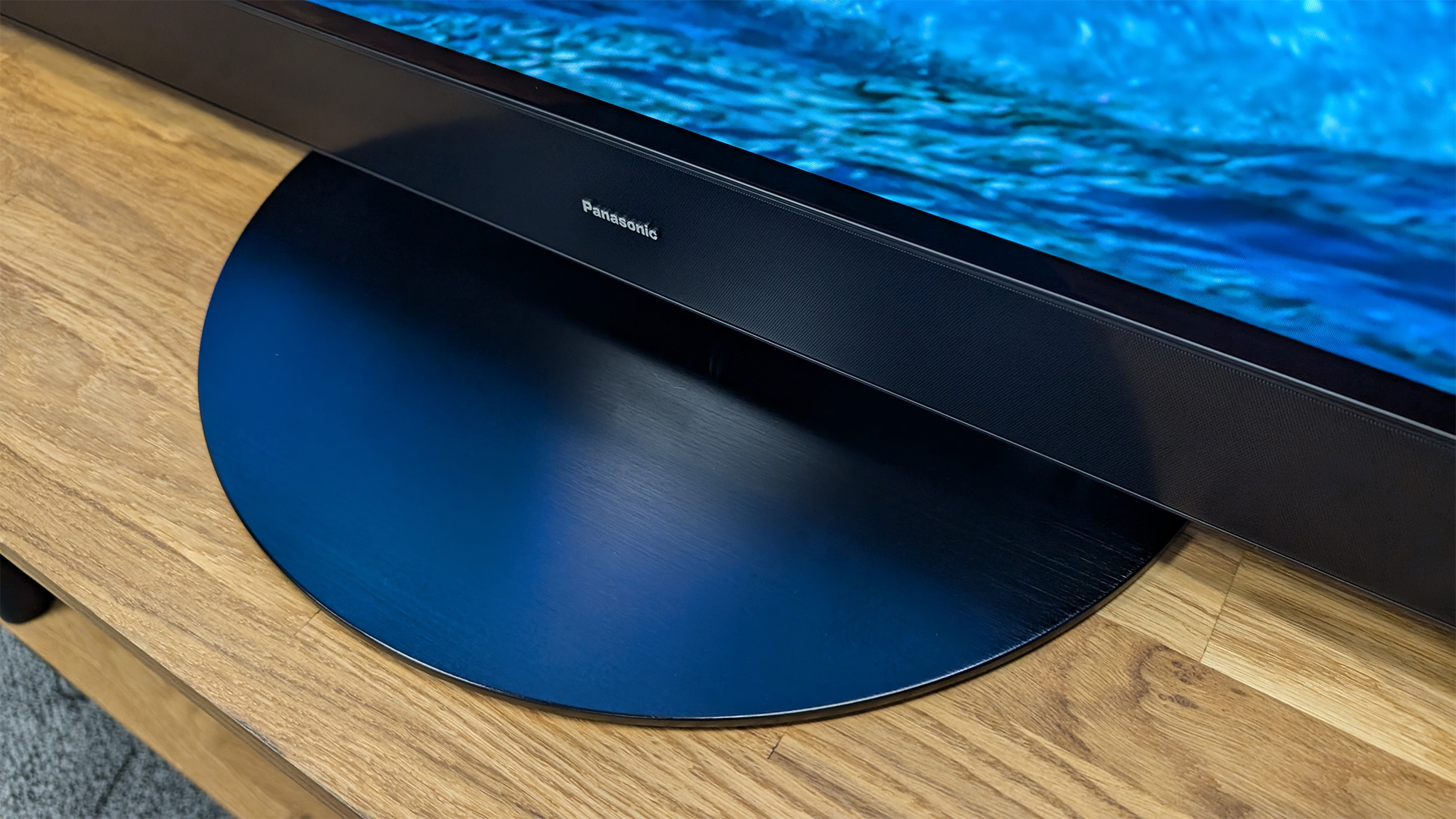
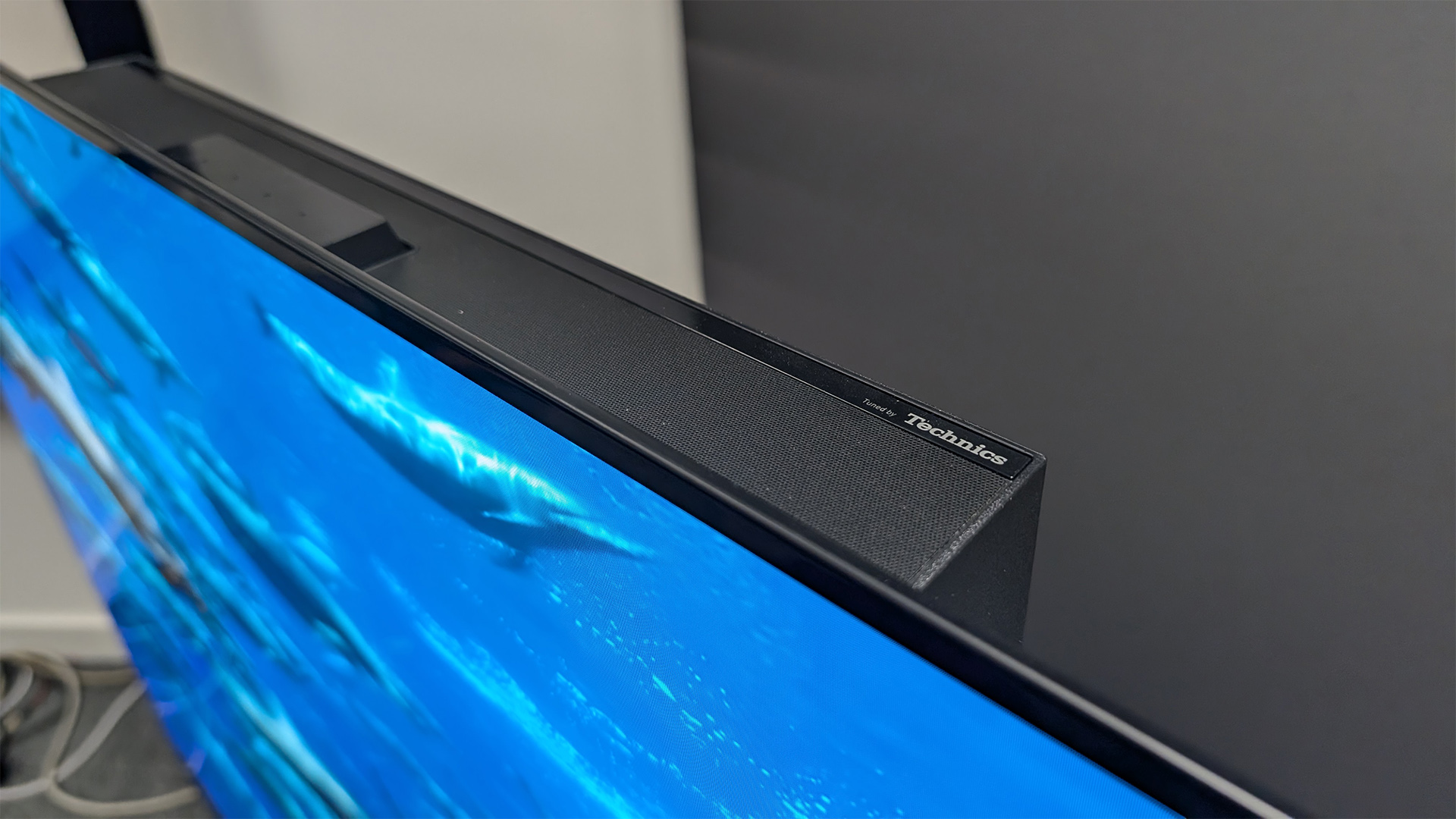
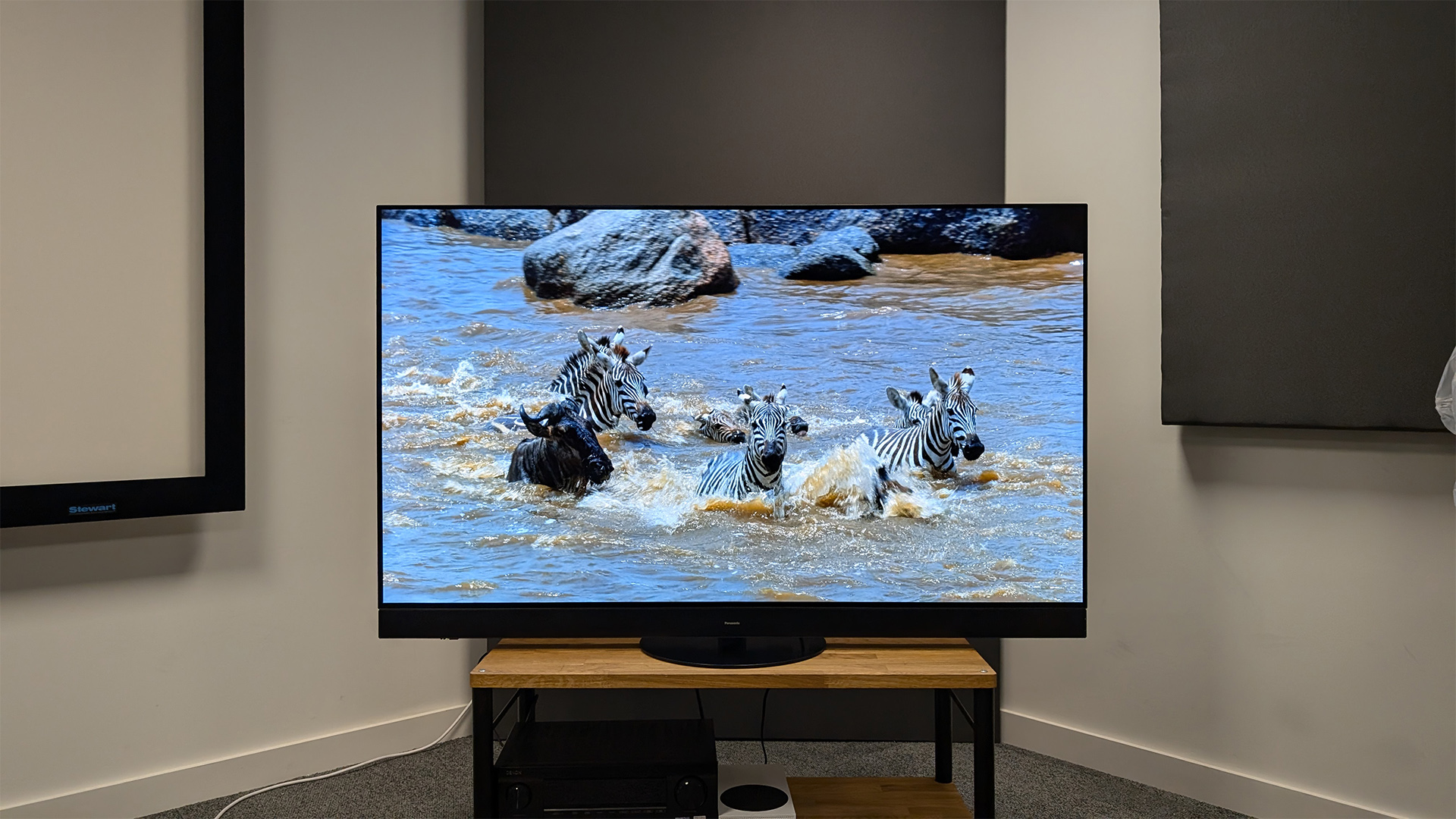
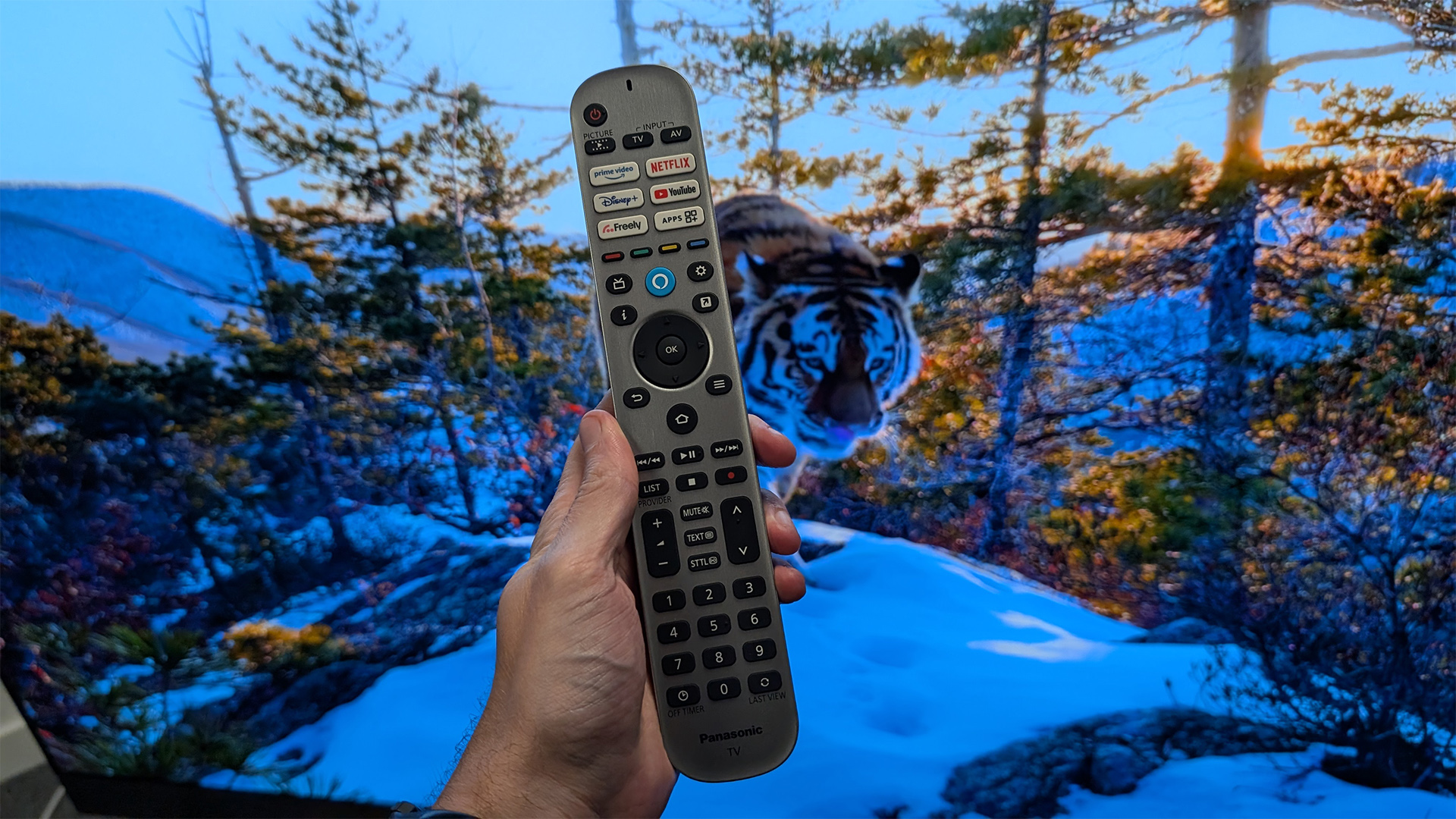
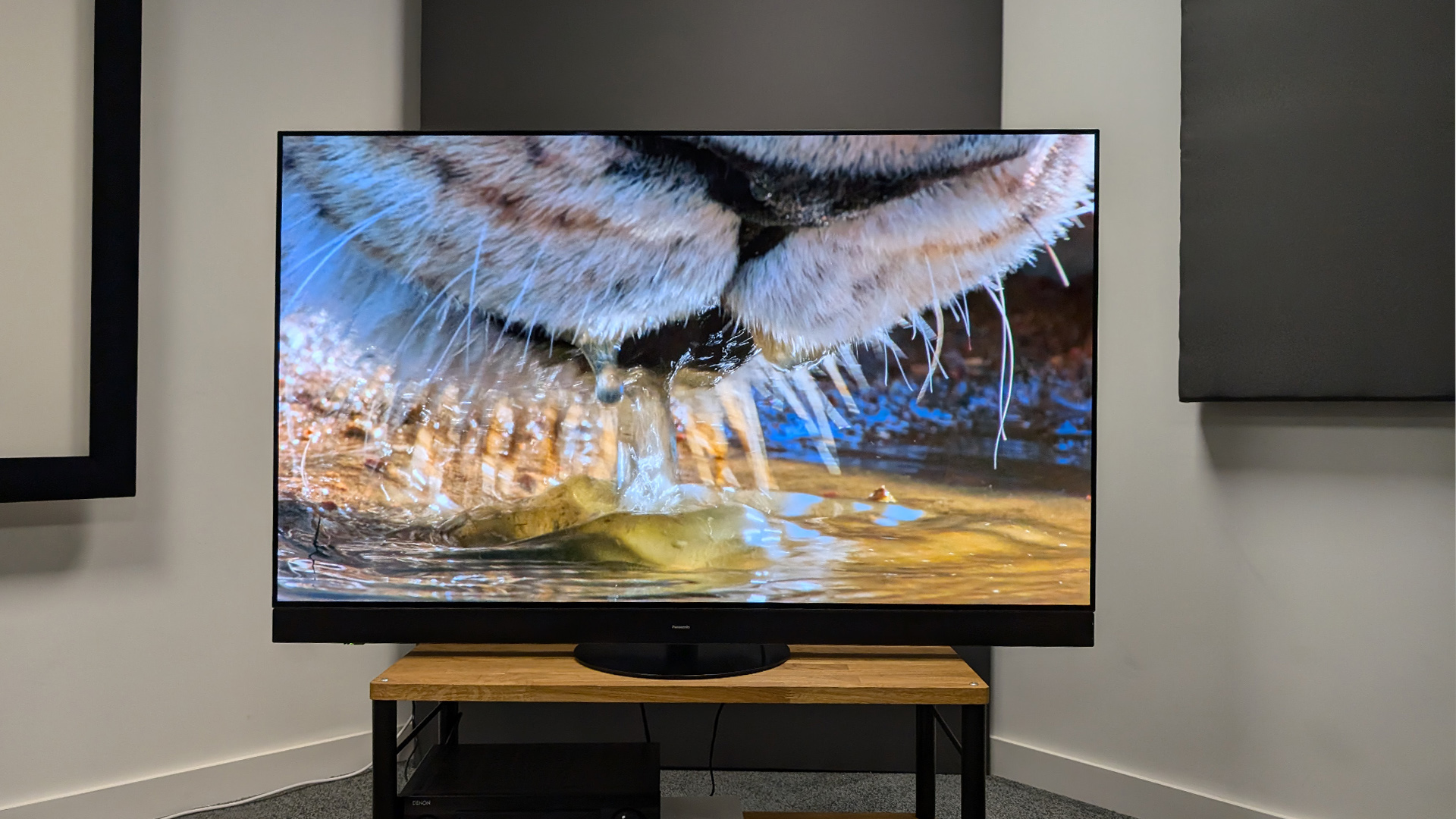
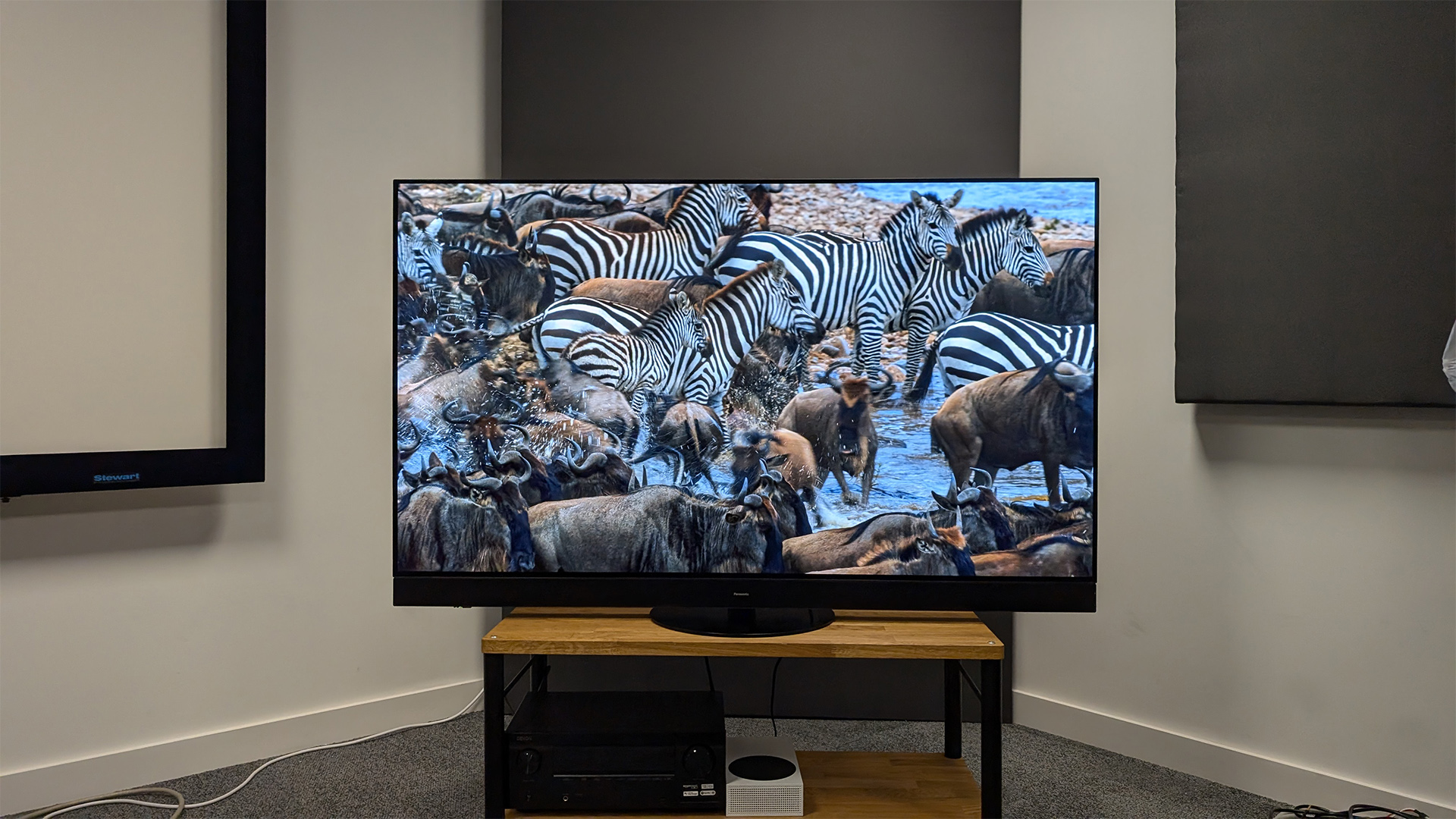
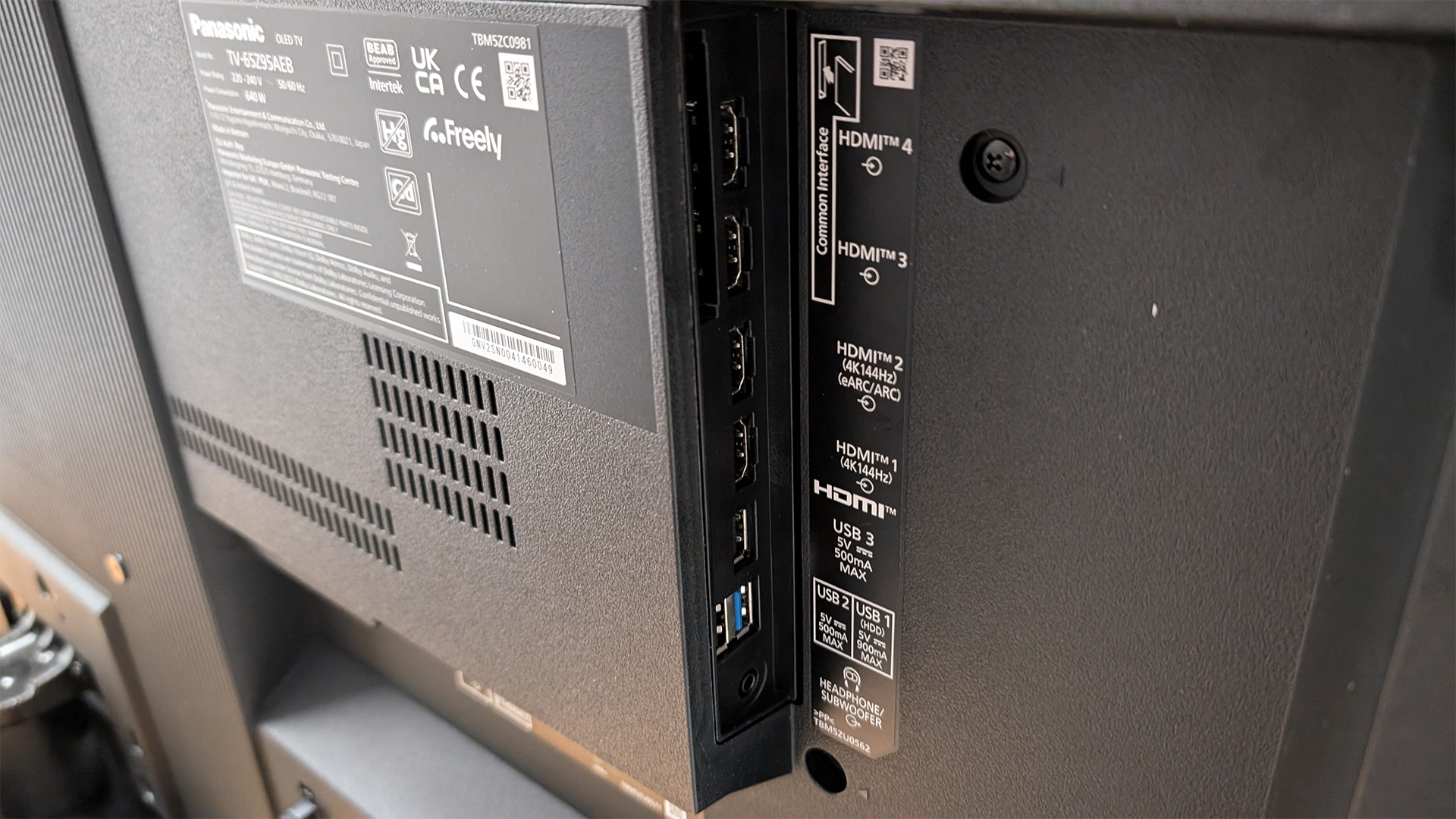
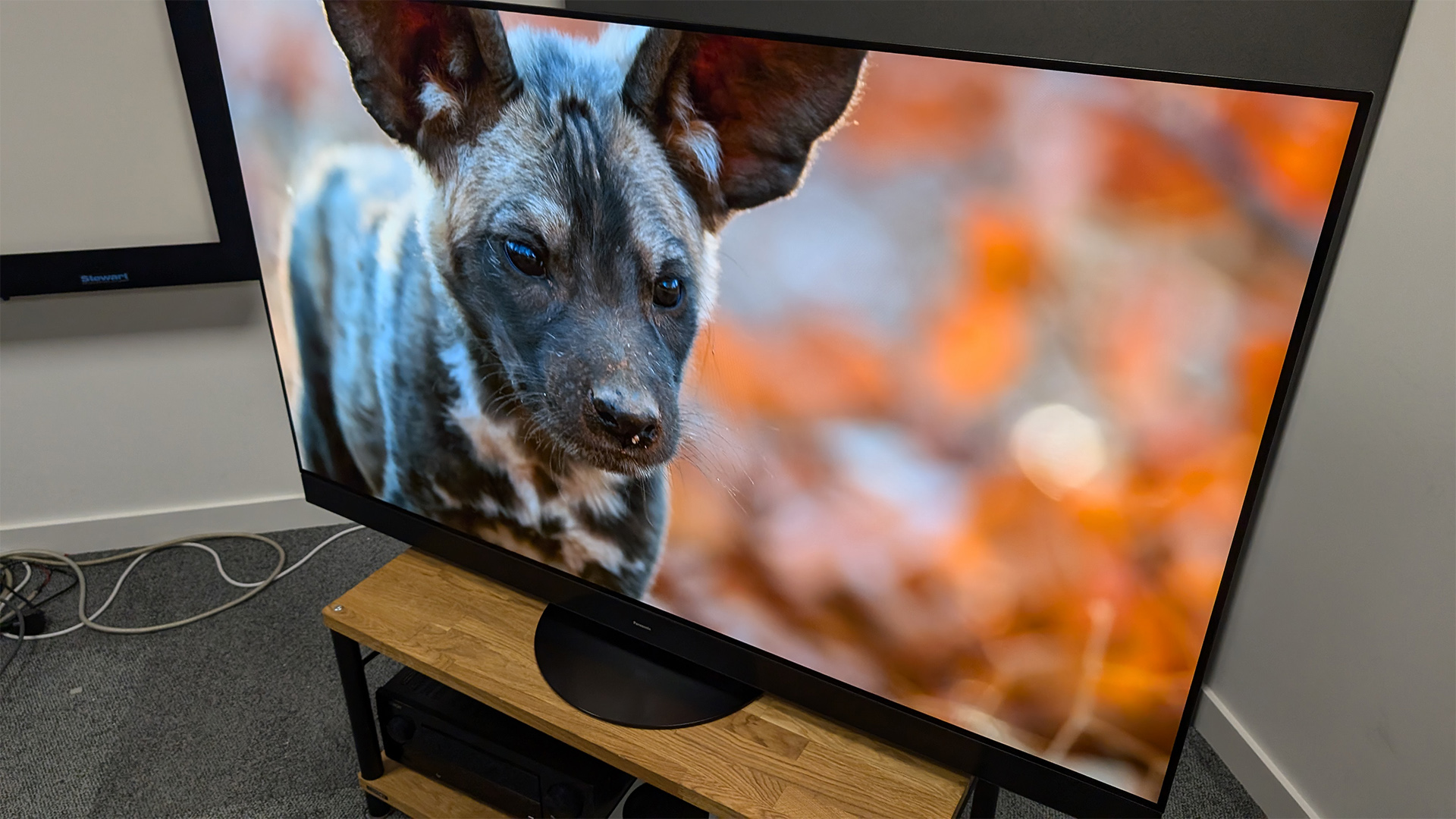
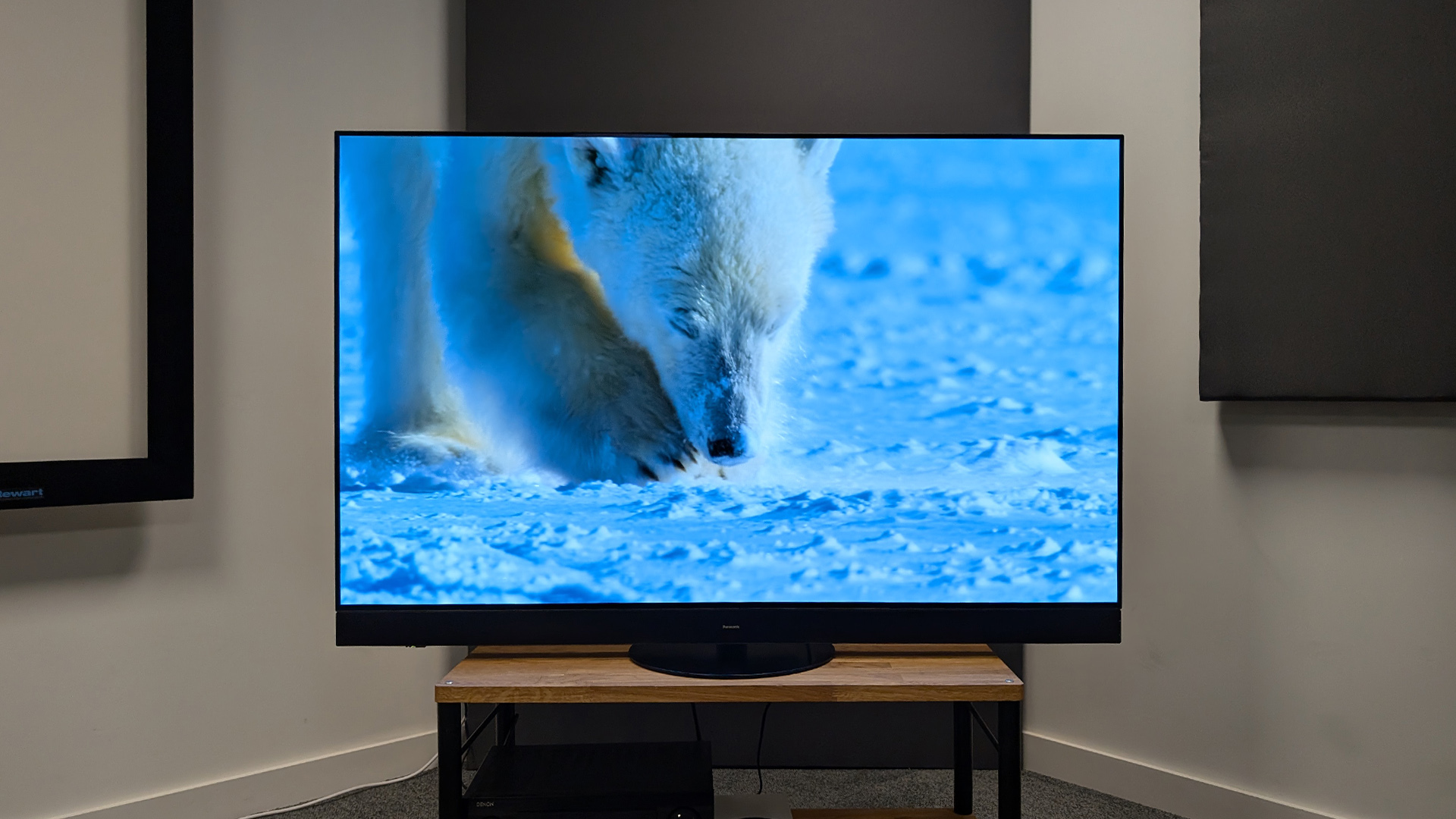
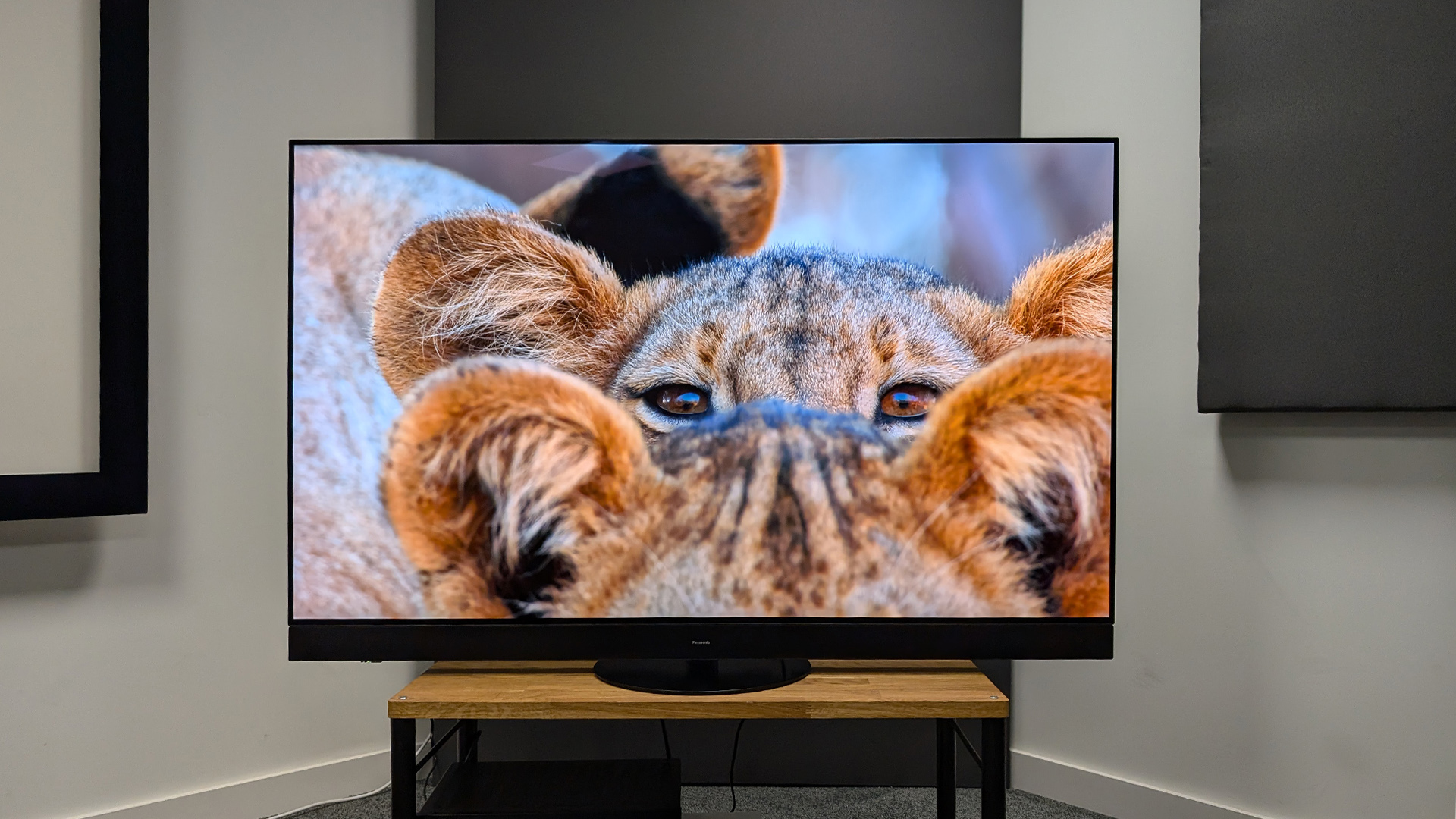
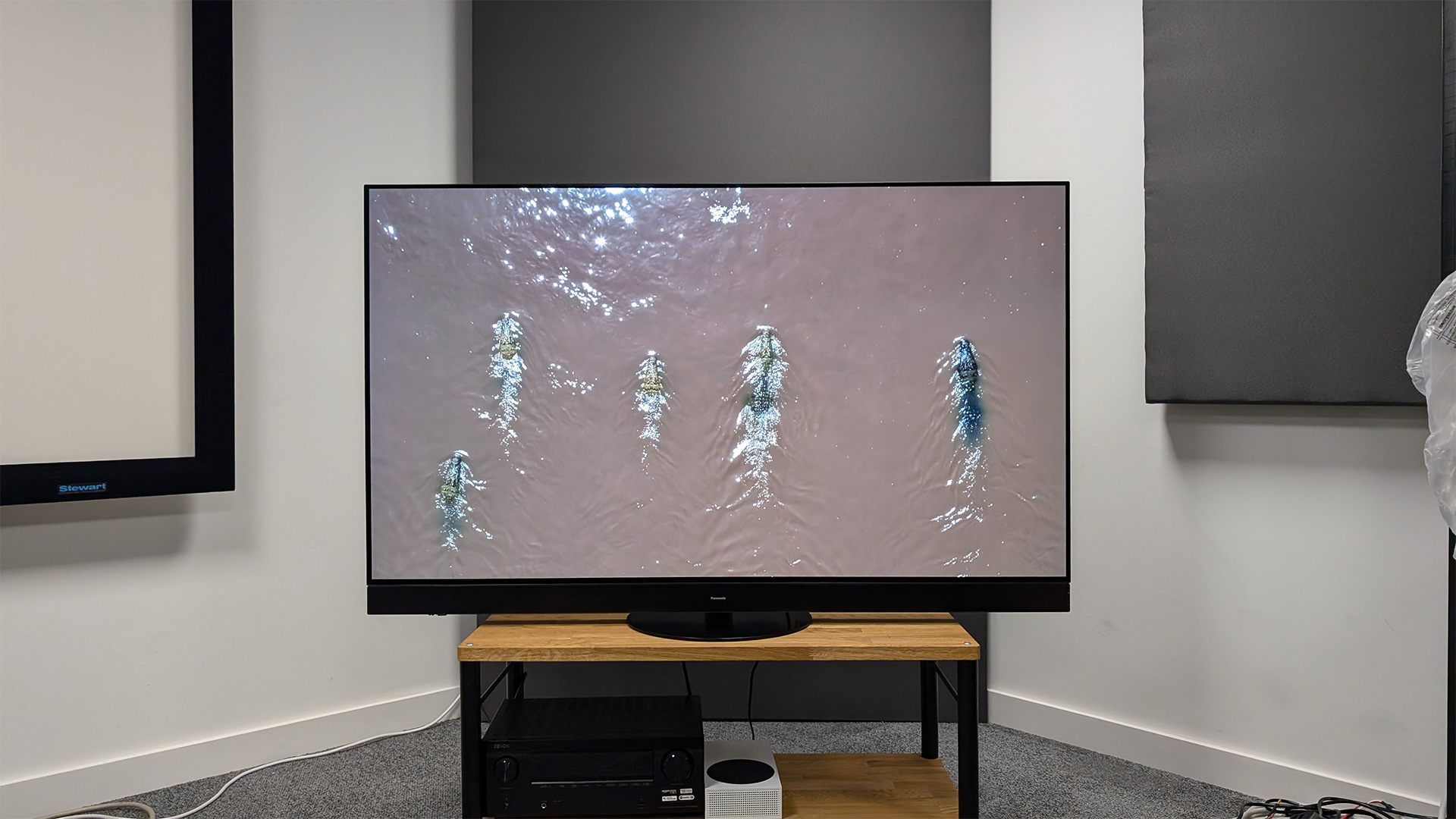

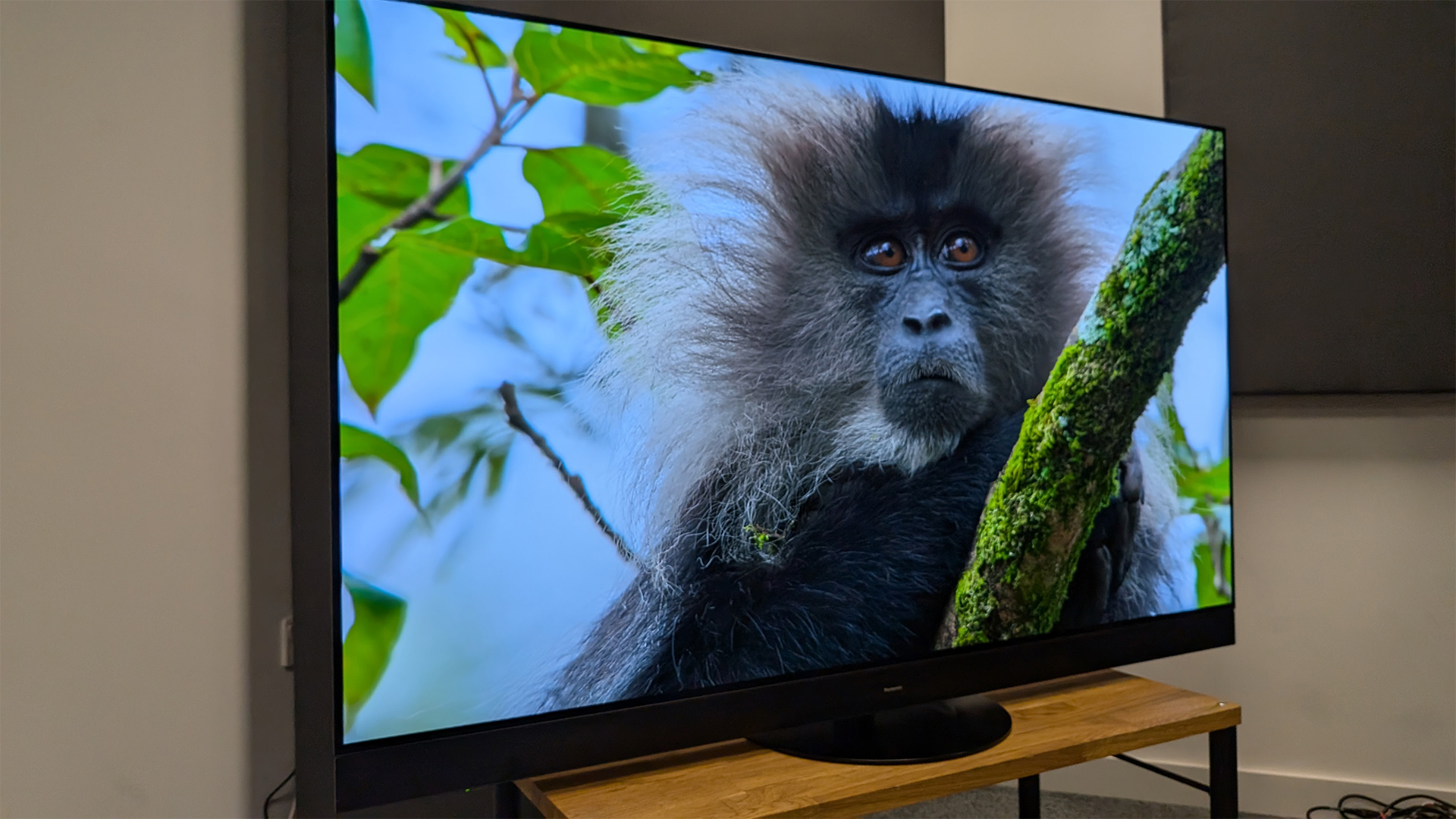
Specifications
Reasons to buy
Reasons to avoid
The Panasonic Z95A is the firm’s current flagship OLED TV and the one we recommend to buyers looking for a premium home cinema experience.
For your money you’ll get a fantastic OLED with Micro Lens Array tech that delivers in all the key areas serious movie fans care about.
Micro Lens Array (MLA) is a What Hi-Fi? Award-winning technology built by LG Display that aims to radically raise OLED max and peak brightness levels. And based on our experience with MLA sets, including the Z95A, it achieves this goal.
Whether it was the scorching deserts of Dune: Part 2, sprawling metropolis of Blade Runner 2049, or vibrant cartoony world of Barbie, the TV delivered a punchy but wonderfully accurate performance, leading our testers to report:
“The Panasonic Z95A is a fantastic TV and a great showcase of how brightness-boosting MLA technology can be used to enhance picture quality.
Thanks to Panasonic’s continued focus on delivering an authentic, controlled and balanced picture, the set uses the added brightness in a way that truly improves rather than distracts from what’s happening on screen.”
The only minor issues you need to be aware of are that, like all the non-LG and Samsung OLEDs we test, it only has two HDMI 2.1 inputs one of which doubles as an eARC.
So if you have multiple current generation games consoles and a Dolby Atmos soundbar you will have to contend with some cable swapping. The current Xbox and PS5 consoles require an HDMI 2.1 to run at full speed, and an eARC connection is required for Dolby Atmos.
On the subject of Dolby Atmos, while the TV’s Technics-tuned speaker system performed better than most TVs, it still didn’t match the performance we got with moderately priced soundbars, including the Sonos Beam Gen 2. So you will want to invest in a separate sound system for the best home cinema experience possible.
But, before you go rushing to buy it we do have a couple of words of warning. First, the TV is about to be superseded by the new Panasonic Z95B. This is a next-generation successor to the Z95A that replaces MLA with the same new fourth generation OLED technology sported by the LG G5.
This is a big deal as, outside of a launch bug that made streamed Dolby Vision content unwatchable, the G5’s fourth generation panel is incredibly impressive.
Our testers spotted much higher peak brightness, significantly improved colour volume, especially in low light and more when reviewing the G5.
If the Z95B does the same and comes with the bug fix we’ve tried and can confirm works, pre-installed, it could be a massive step forward for top-end Panasonic OLEDs. So it may be worth waiting for us to review the new model, if you’re after the best performance possible.
Second, because the Z95A came out later than other flagship OLEDs last year, we’re only just starting to see big discounts on it appear. If you wait a few more months we’re expecting even deeper discounts. So if you’re looking for a great deal, it may be worth exercising a little patience.
Read our full Panasonic Z95A review
The value
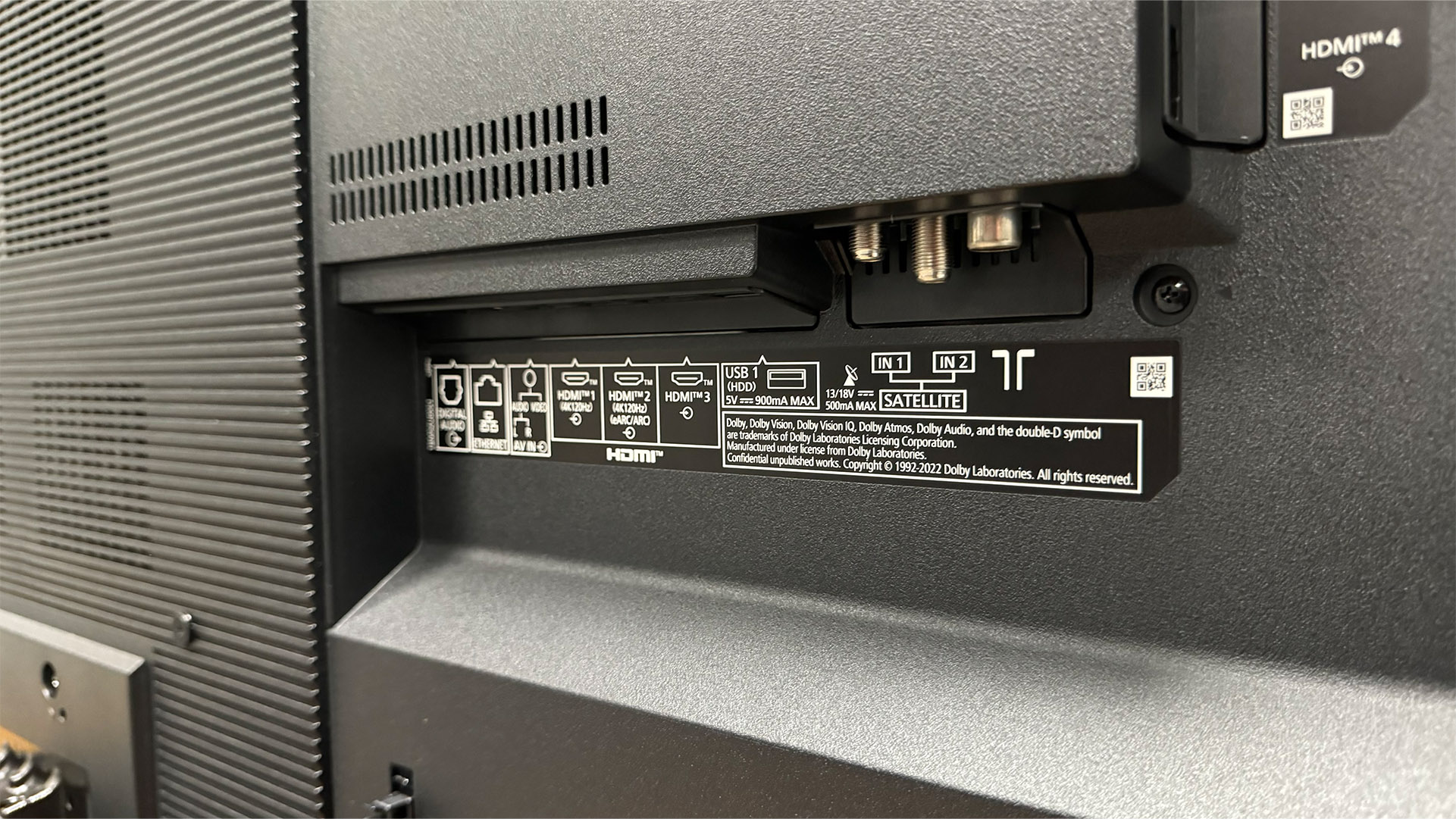
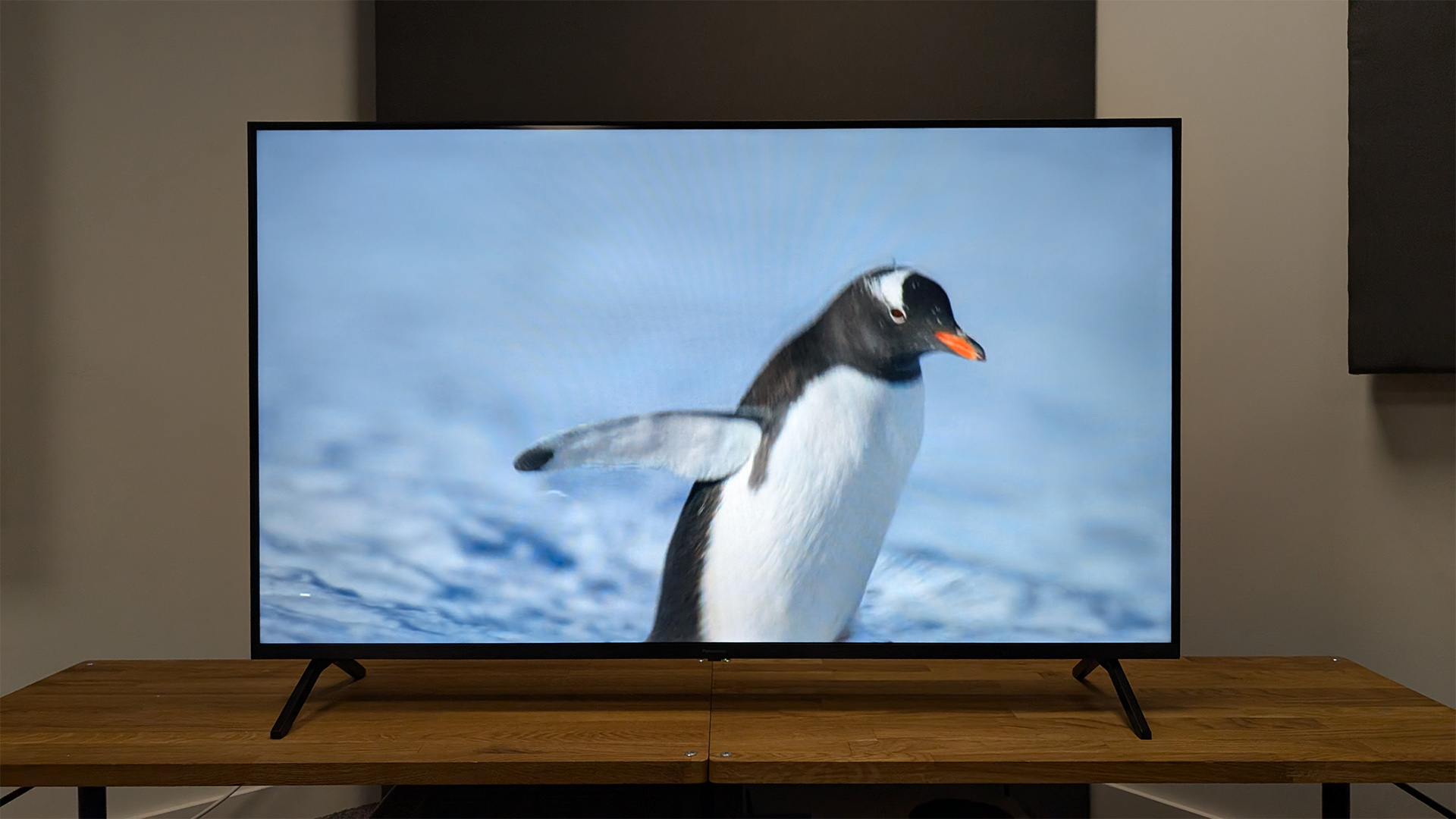
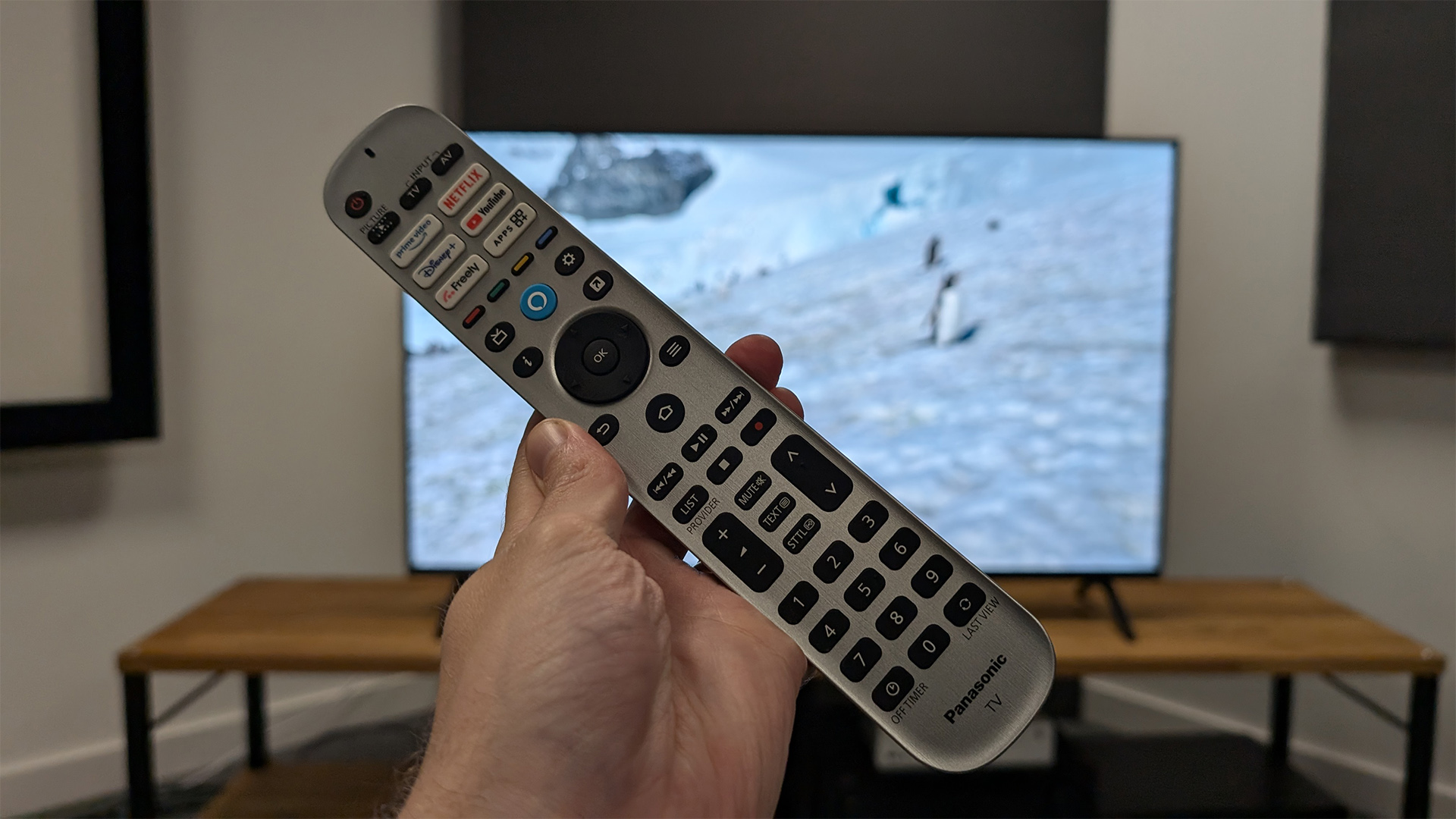
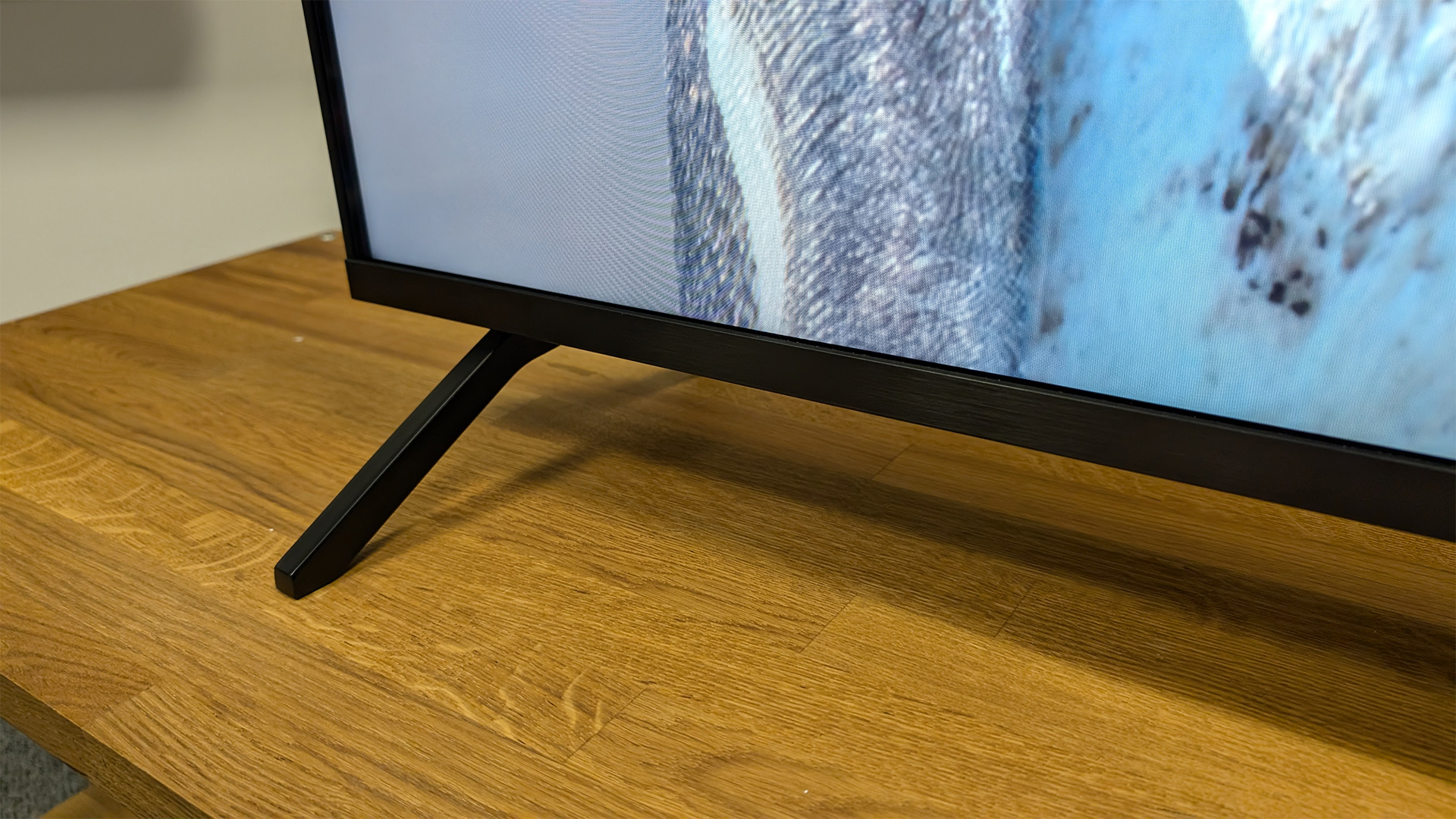
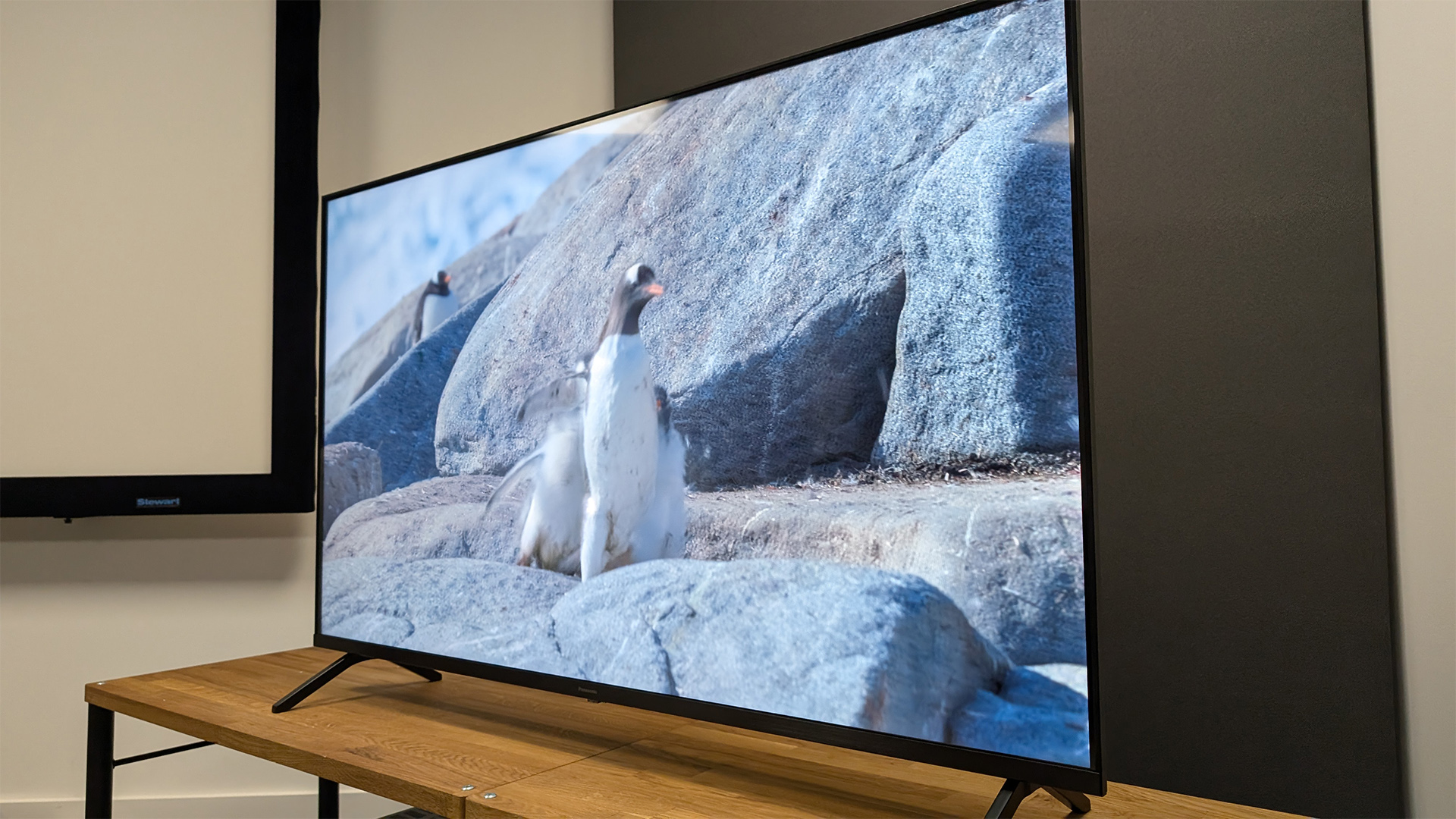
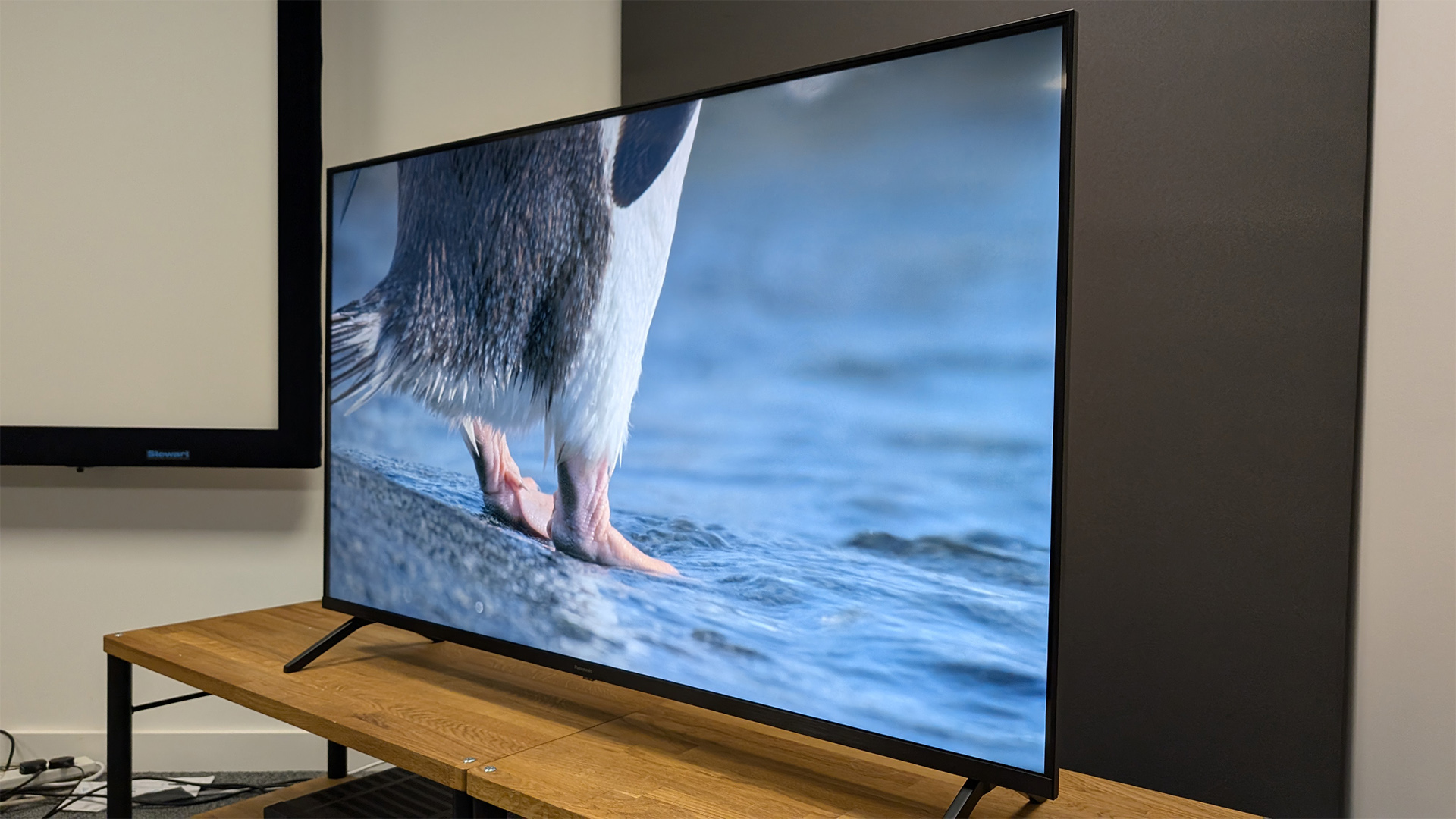
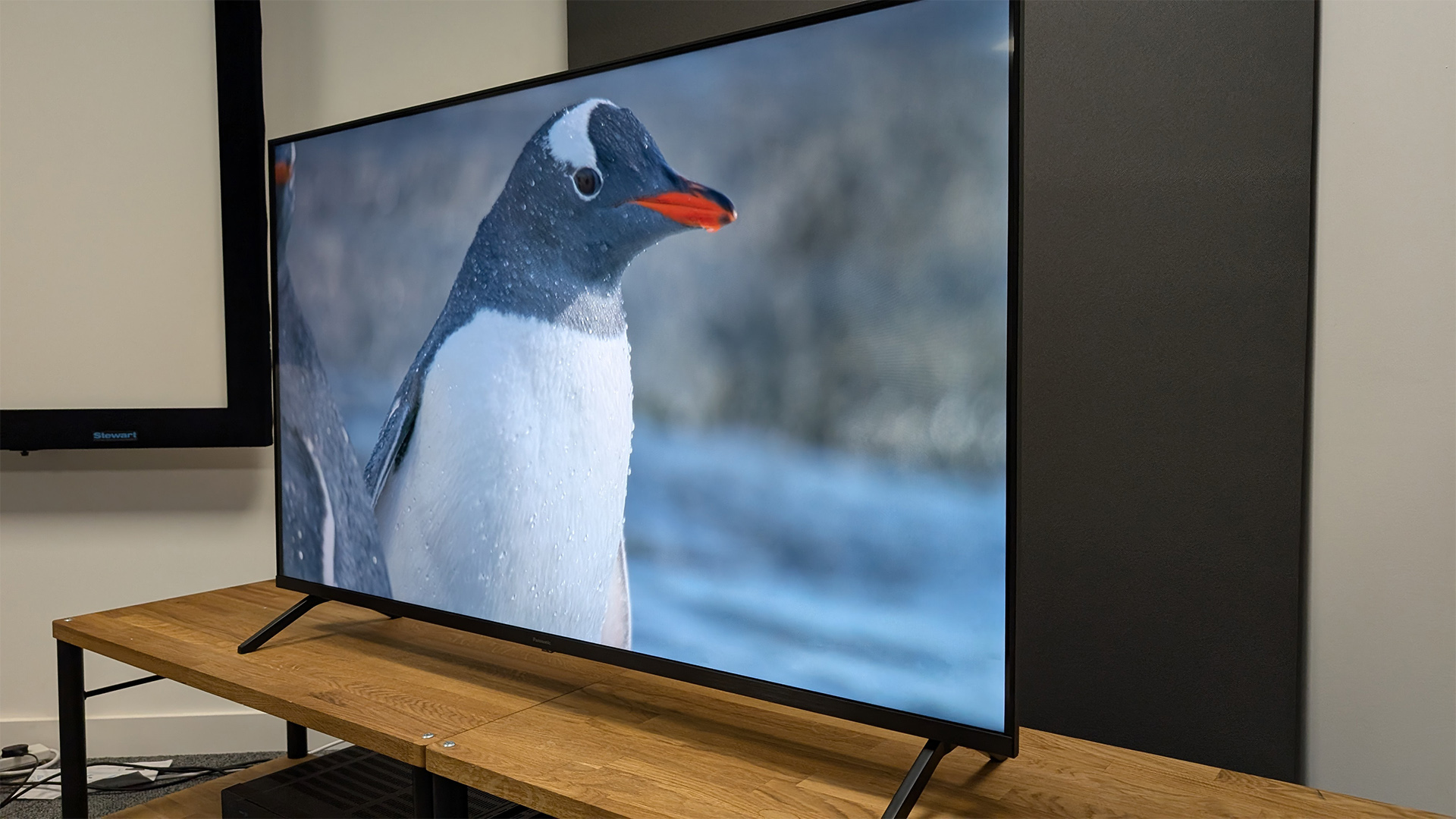
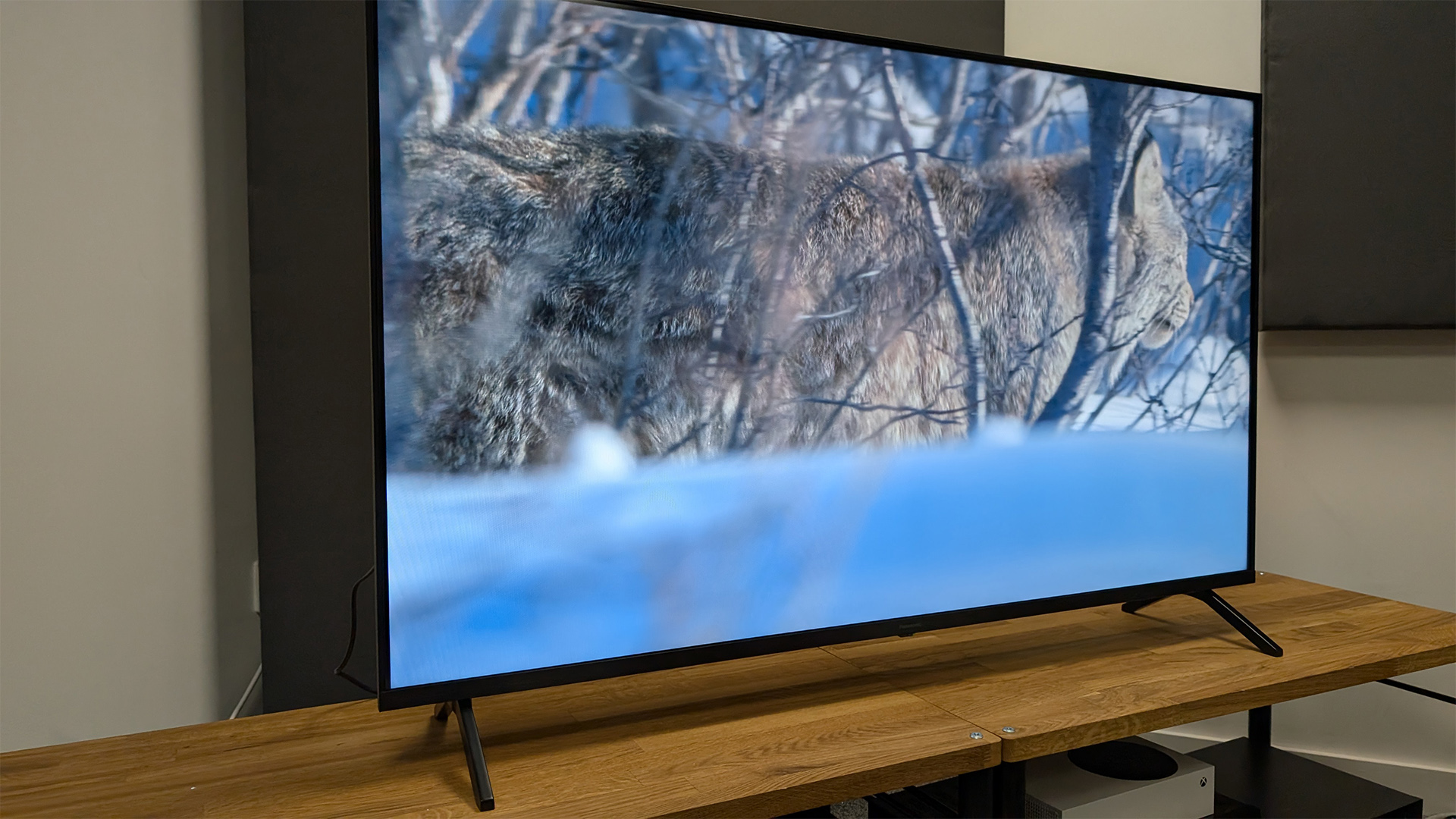

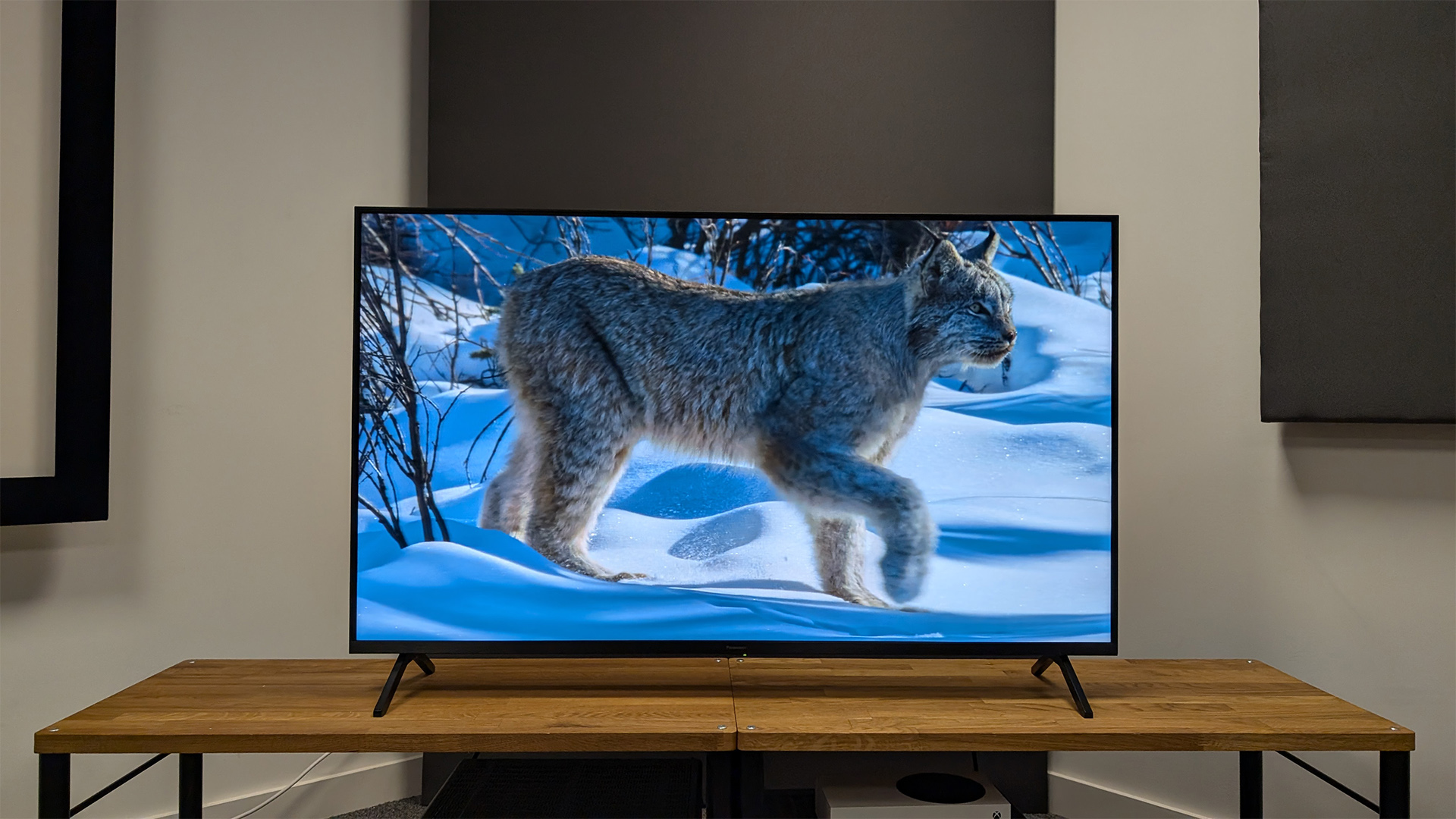
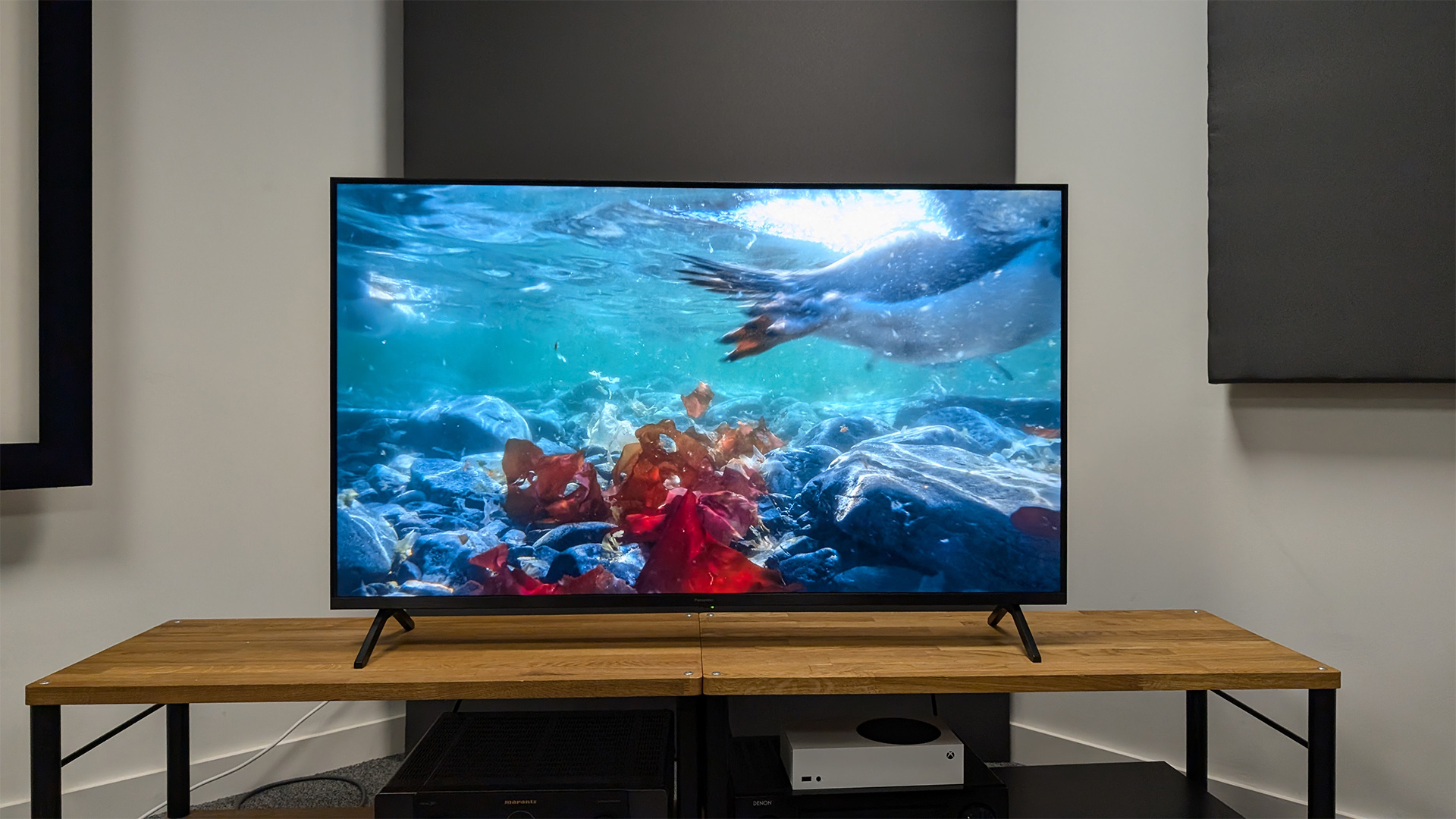
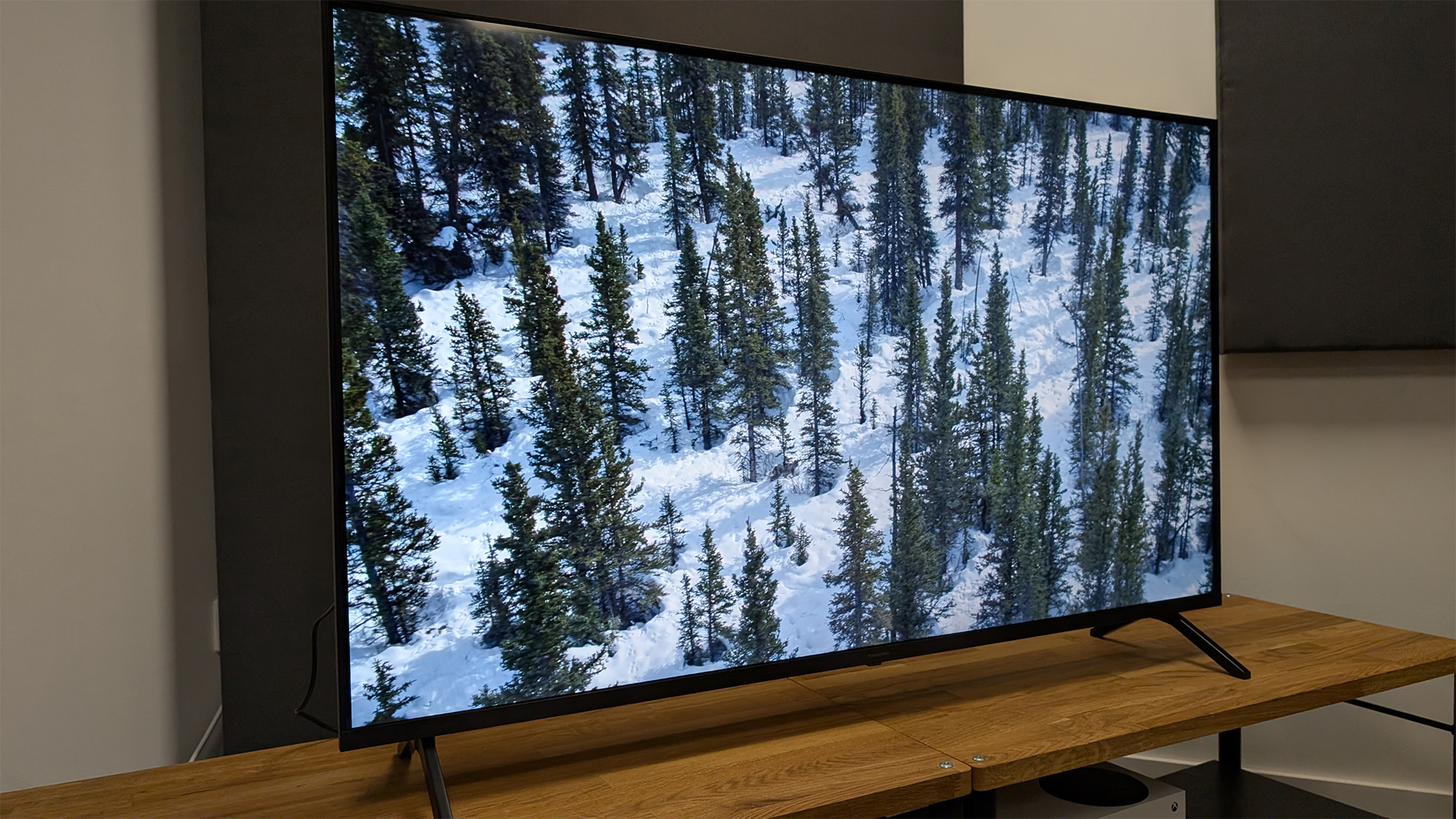
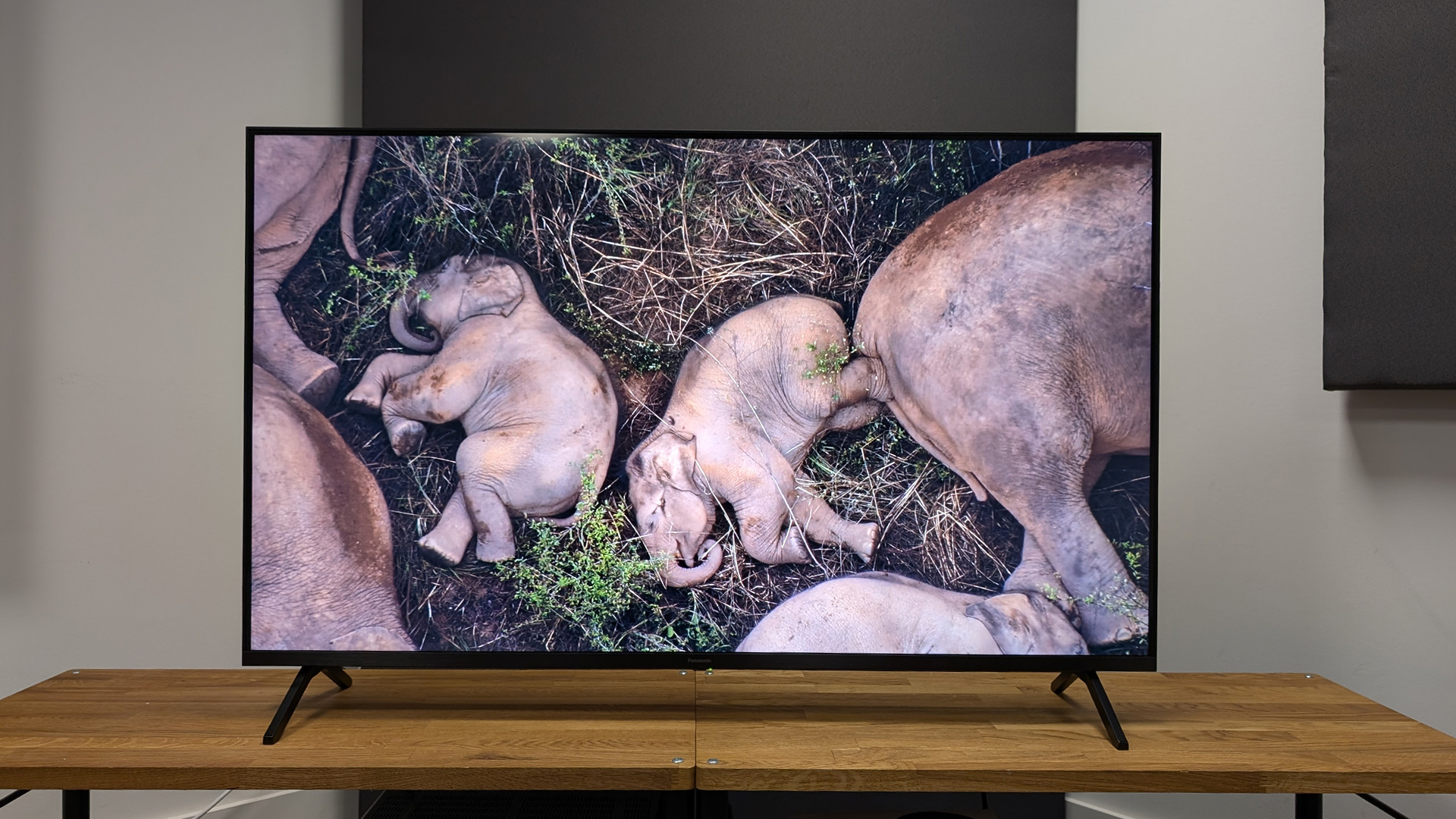
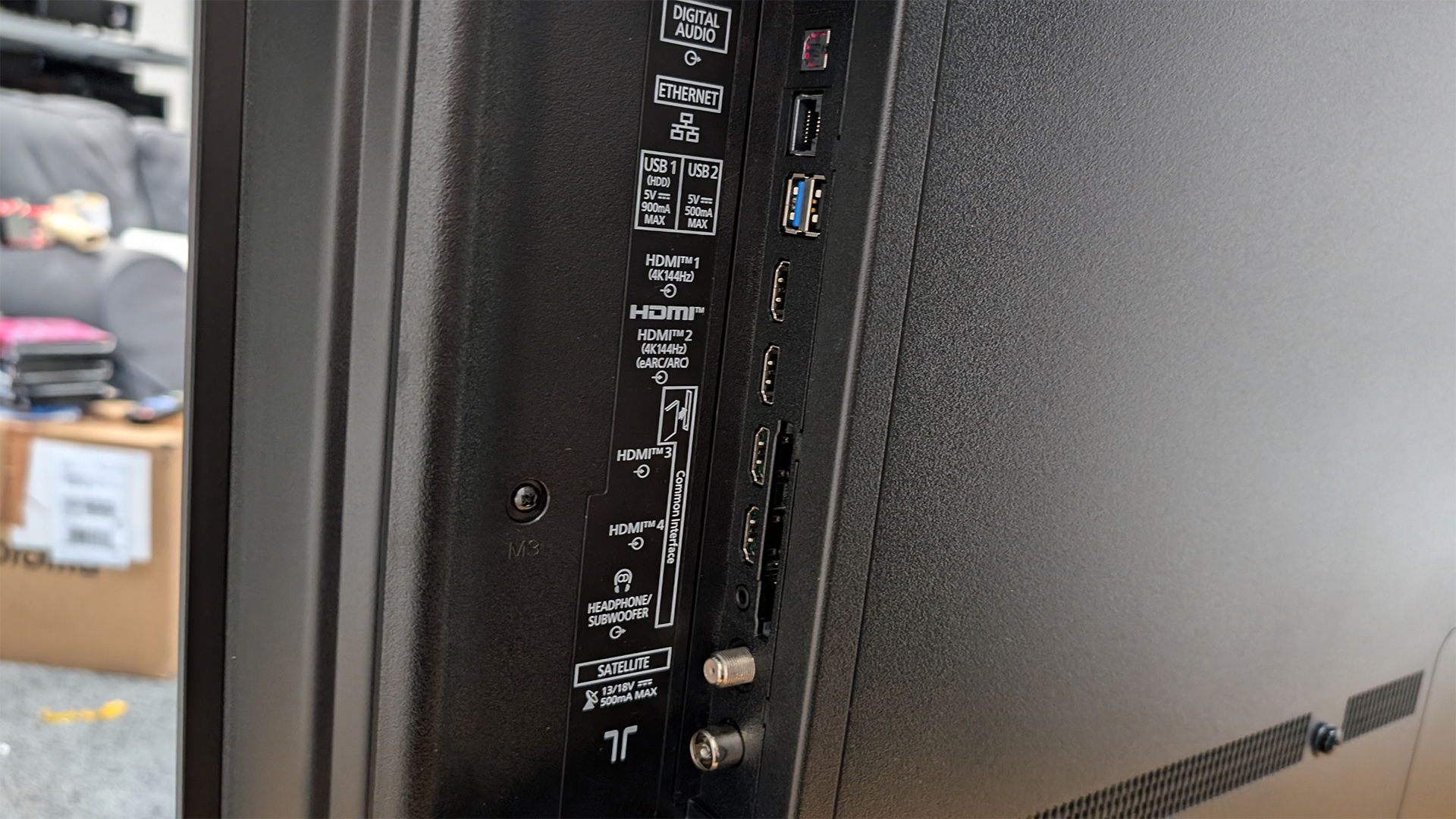
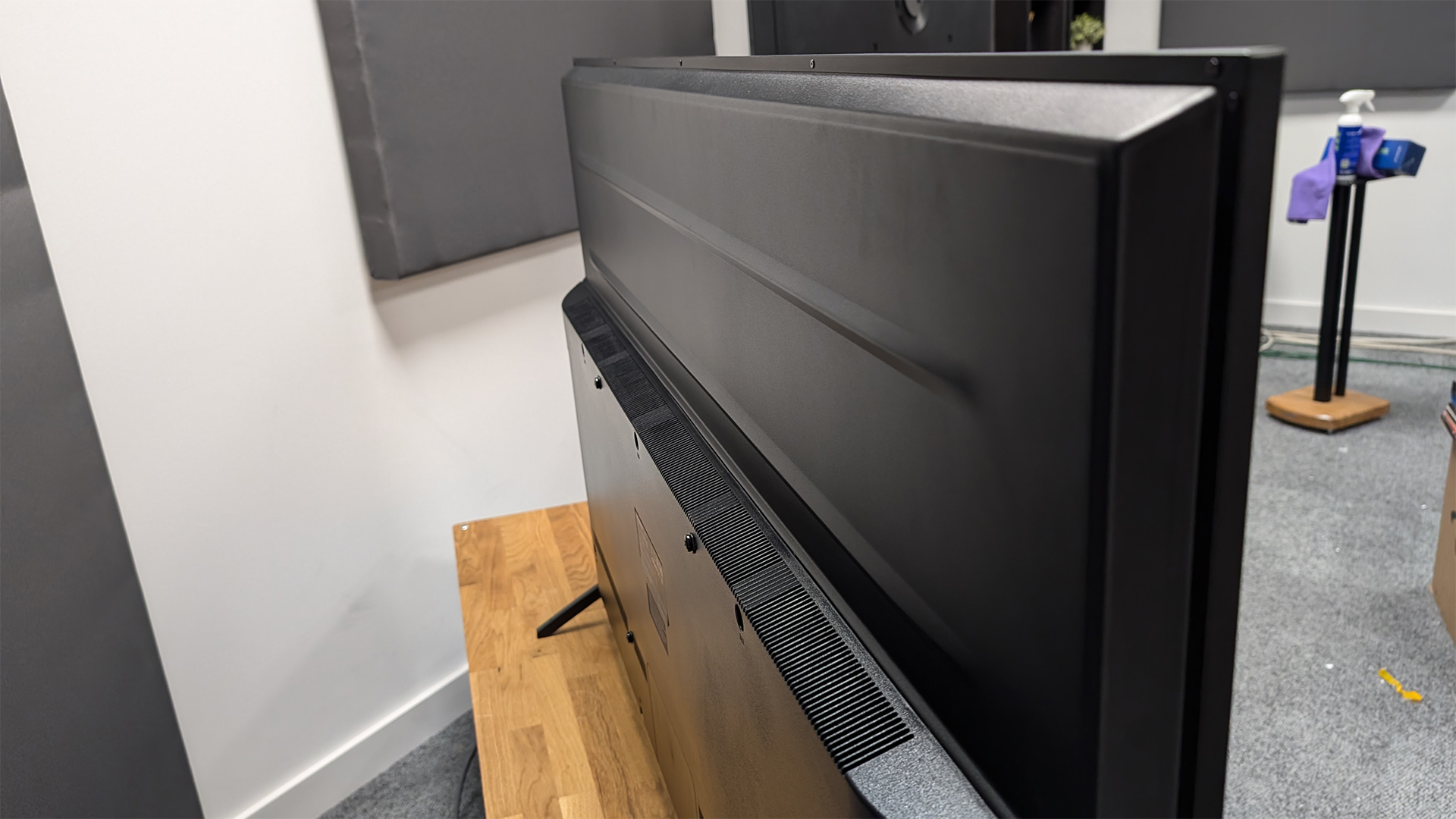
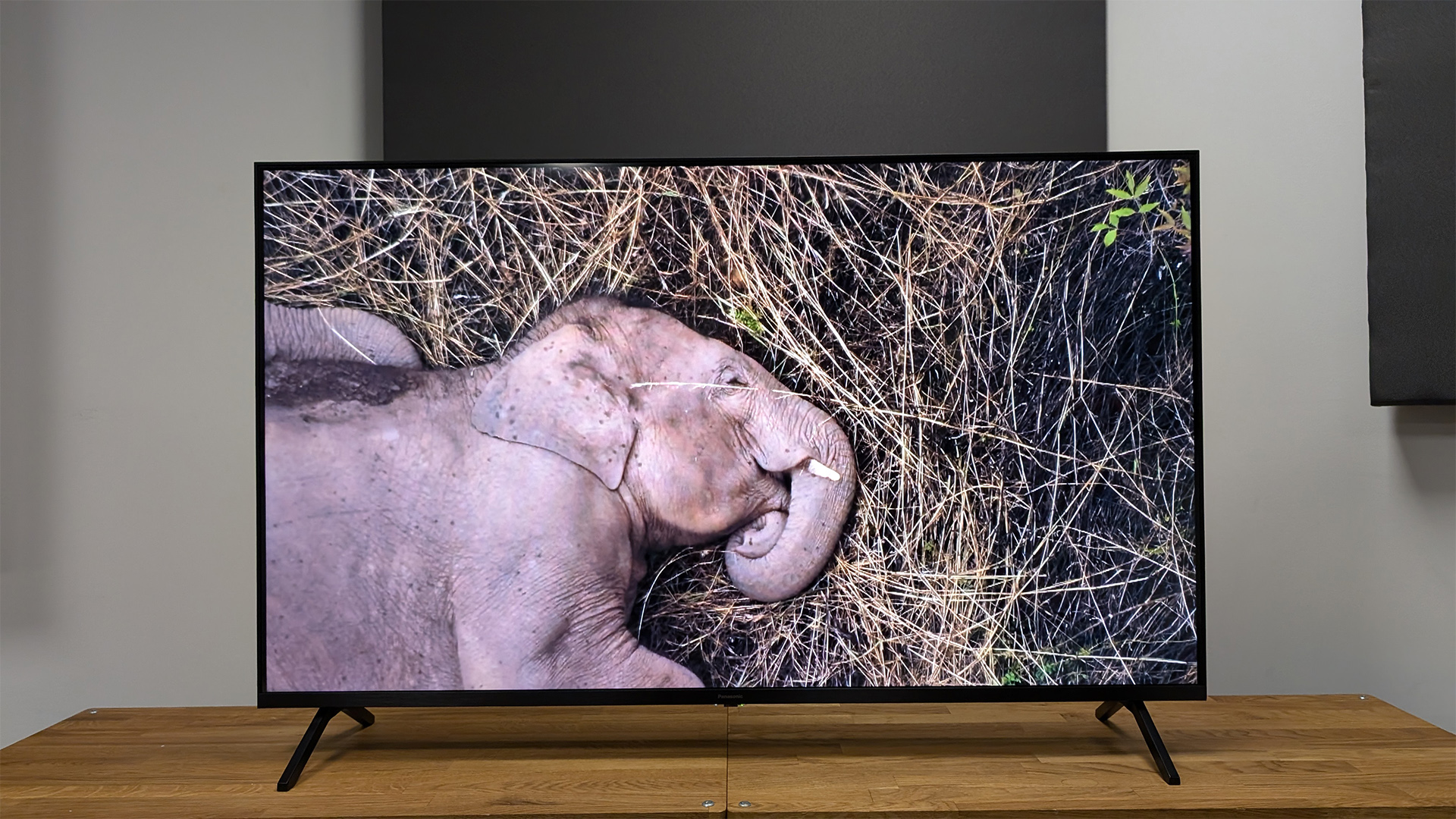
Specifications
Reasons to buy
Reasons to avoid
The W90A is the cheapest Panasonic TV we currently recommend. Though it doesn’t have a Mini LED backlight, instead coming loaded with a standard FALD (Full Array Local Dimming) LED backlight, during our checks it proved to be an incredibly capable performer.
What was particularly impressive is how well it performed when we ran it head-to-head with rival Mini LED sets, which included the Hisense U7N listed in our best Mini LED TV guide.
Despite not having Mini LEDs, which use smaller LEDs to help boost brightness, light management and general accuracy, the W90A offered a solid, three dimensional accurate image. This helped compensate for its slightly lower peak brightness levels and greyer blacks.
As our reviewers reported in our W90A review:
“The Panasonic W90A is a competent LCD TV that retains the brand’s focus on accuracy and naturalness. Though it can’t match the peak brightness or shadow detail of competing Mini LED sets that are only moderately more expensive, this focus at least lets it compete in other areas we care about – chief of which is colour accuracy. If you’re a serious movie fan who values this factor, the W90A is a solid choice.”
For gamers it’s also competitive. Though it only has two HDMI 2.1 connections, one of which doubles as an eARC, it does support 4K/144Hz, ALLM and VRR – which aren’t guaranteed additions on a TV at this price.
The use of Amazon Fire TV software also gives it flawless app support. Just be warned, you will want to invest in a soundbar alongside the W90A as its speakers are very average, even by mid-range/affordable TV standards.
Read our full Panasonic W90A review
How to choose the best Panasonic TV for you
It might seem obvious, but you’d be surprised by how many people don’t take screen size into consideration when shopping for a new TV. While a big TV might physically fit into the space you have available, you also have to think about the size of your room and how far away from the screen you’ll be sitting. If you haven’t bought a new TV for a while, bear in mind that screen bezels tend to be slimmer than before, so you might be able to accommodate something larger than you’ve currently got.
Panasonic still makes a few HD TVs, but everything on our list is 4K, so there’s no need to make a choice over resolution. The company hasn’t joined Samsung and LG on the 8K bandwagon either, so you don’t have to think about whether you want to futureproof yourself despite the lack of 8K content, and with most modern Panasonic TVs supporting all of the major HDR codecs (HLG, HDR10, HDR10+ and Dolby Vision), there’s no danger of being denied seeing certain content at its best.
From a technical point of view the biggest question you’ll probably need to ask yourself is whether you want an OLED or LCD model. We only have the former on the list above, because Panasonic's OLEDs are among the best you can buy from any manufacturer, and we always recommended spending the extra cash on one if you can afford it. The improvements they offer in picture quality are very much worth it.
Panasonic TV FAQ
When are new Panasonic TVs coming out?
Panasonic unveiled its new OLED and selection LED TVs at the Consumer Electronics Show (CES) in Las Vegas in January. These include the Z95B OLED and W95B Mini LED. We don’t have full pricing and availability for either ranges yet, but based on Panasonic’s previous release cycles we’d expect them to go on sale in the second half of the year.
Are Panasonic TVs good?
We always warn against taking a specific brand as an automatic sign a product is good. Having reviewed TVs since CRTs were still all the rage we’re yet to find a TV maker with a 100 per cent batting average. Panasonic is no different. The Japanese brand’s TVs have carved a strong reputation as having an overt focus on “accuracy” and delivering “as the director intended” home movie experiences. But, our reviewers have tested their fair share of four-star and occasionally three-star sets from the brand, even in recent years. So still need to research the specific model you’re considering, even if it has Panasonic branding on it.
What is Filmmaker Mode?
Modern TVs are packed with modes and settings that are designed to make the picture look better, but plenty of Hollywood hotshots have complained in the past that they actually do the opposite. Panasonic solves that issue by including Filmmaker Mode, which overrides any processing features and ensures that the aspect ratio, frame rate and colour settings make the movie look exactly as the director intended.
Filmmaker Mode isn’t exclusive to Panasonic TVs, it was developed by the UHD Alliance, which also includes Samsung, LG, and Hisense, but it’s definitely something worth taking into account when you’re shopping for a new TV. You can read more about how Filmmaker Mode came about here.
Why are there so many different HDR formats?
The AV industry is no stranger to a format war – remember VHS vs Betamax, or Blu-ray vs HD DVD? – and HDR is no different, although this conflict is definitely on the colder side. There are four main HDR codecs, HDR10, HDR10+, HLG, and Dolby Vision, and while they're developed by different companies they all do largely the same thing, just in slightly different ways.
Fortunately, a single TV can support more than one, and all three Panasonic TVs above work with the full quartet of codecs. Having so many different options only really serves to confuse the consumer, hence articles like this one that fully explain the differences, but if you buy one of these Panasonic TVs you’ll know you're good to watch all of them.
What’s so special about HDMI 2.1?
How bothered you need to be about HDMI 2.1 right now depends largely on whether you’re a big gamer or not. HDMI 2.1 supports Dynamic HDR at 4K/120fps, and while most films are shown in 24fps, and TV shows tend to be either 25fps or 30fps, current-gen games consoles can pump out much higher frame rates, so you need at least one HDMI 2.1 socket on your TV to get the best out of them.
One thing to be wary of is that one of the HDMI 2.1 ports is sometimes the one you’ll need to use if you have a soundbar that works over eARC, so if you own both an Xbox Series X and a PS5, and don’t want to constantly be messing about with your HDMI cables, you’ll need enough compatible sockets to accommodate all your kit.
How we test the best Panasonic TVs
Every TV we review at What Hi-Fi?, no matter whether it’s made by Panasonic or one of the other manufacturers, is put through the same rigorous testing process. But what exactly does that involve?
You can read a full breakdown of what happens behind the doors of our world-class testing facilities, but the short version is that having these dedicated facilities allows our team of expert reviewers to have complete control over the environment, ensuring the testing conditions are always the same.
All of the Panasonic TVs listed above were tested on their own for dedicated reviews, but all products we test are also put up against rival products in the same price category so we can make informed decisions about which ones are the very best, not just those that impress in isolation.
From all of those reviews our team compiles Best Buy guides like this one, using over 100 years of combined testing and writing experience to ensure that only the most deserving products make the cut. That means if you choose something from this list, or any of the others like it, you can be sure you’ve got a What Hi-Fi?-approved product heading your way.
Recent updates
- April 2025: new intro reflecting the latest market developments, updated Z95A copy adding additional context based on new releases and our latest reviews.
- January 2025: two new TVs recommended to reflect latest testing.
- August 2024: updated to reference newer models going on sale and changes in price to the included TVs.
- May 2024: revised the 'Intro', 'How to Choose', and 'How We Test' blocks. Added a new FAQ section, picture galleries and 'Author' block.
- Our pick of the best LG TVs available
- And the best Sony TVs
Get the What Hi-Fi? Newsletter
The latest hi-fi, home cinema and tech news, reviews, buying advice and deals, direct to your inbox.
Tom Parsons has been writing about TV, AV and hi-fi products (not to mention plenty of other 'gadgets' and even cars) for over 15 years. He began his career as What Hi-Fi?'s Staff Writer and is now the TV and AV Editor. In between, he worked as Reviews Editor and then Deputy Editor at Stuff, and over the years has had his work featured in publications such as T3, The Telegraph and Louder. He's also appeared on BBC News, BBC World Service, BBC Radio 4 and Sky Swipe. In his spare time Tom is a runner and gamer.
